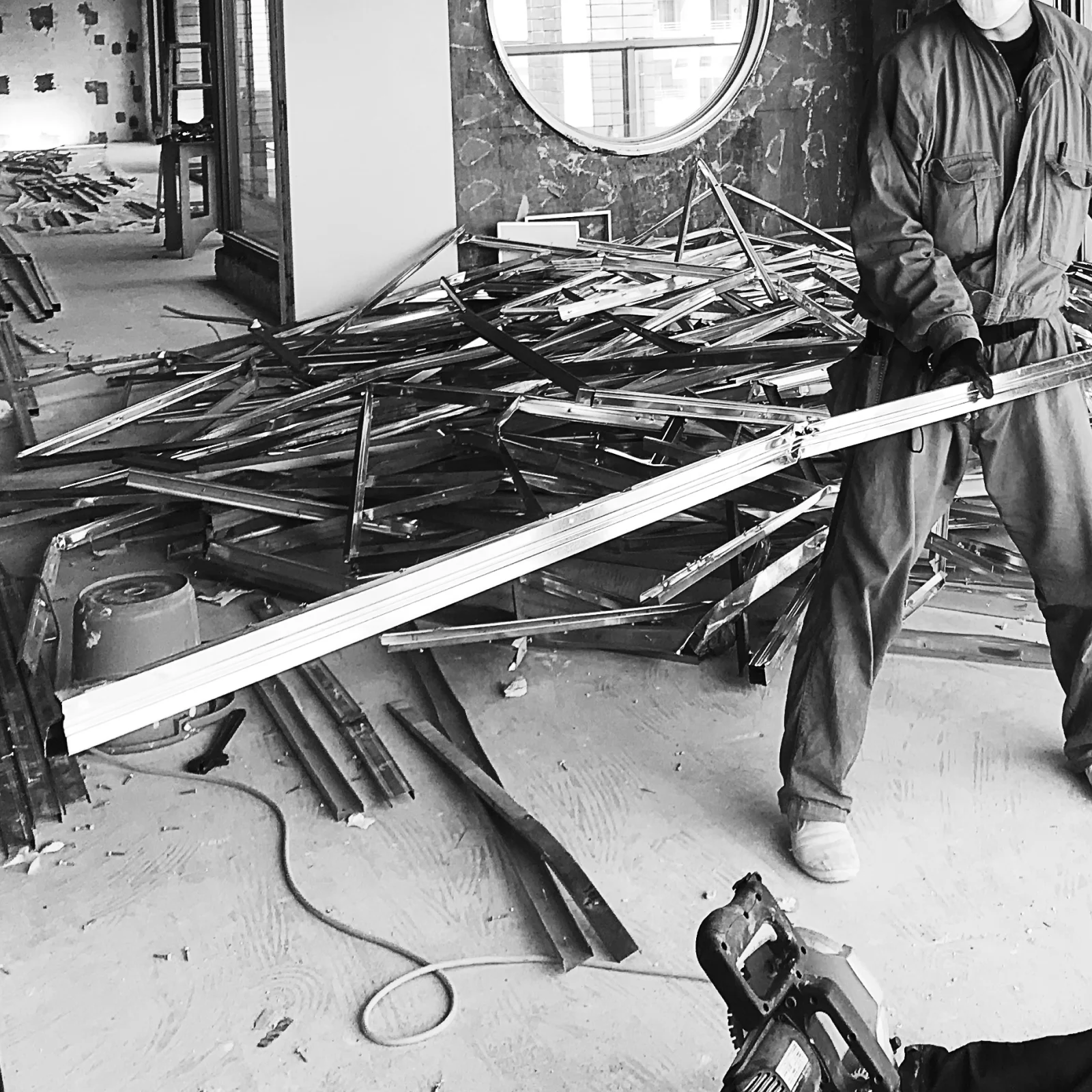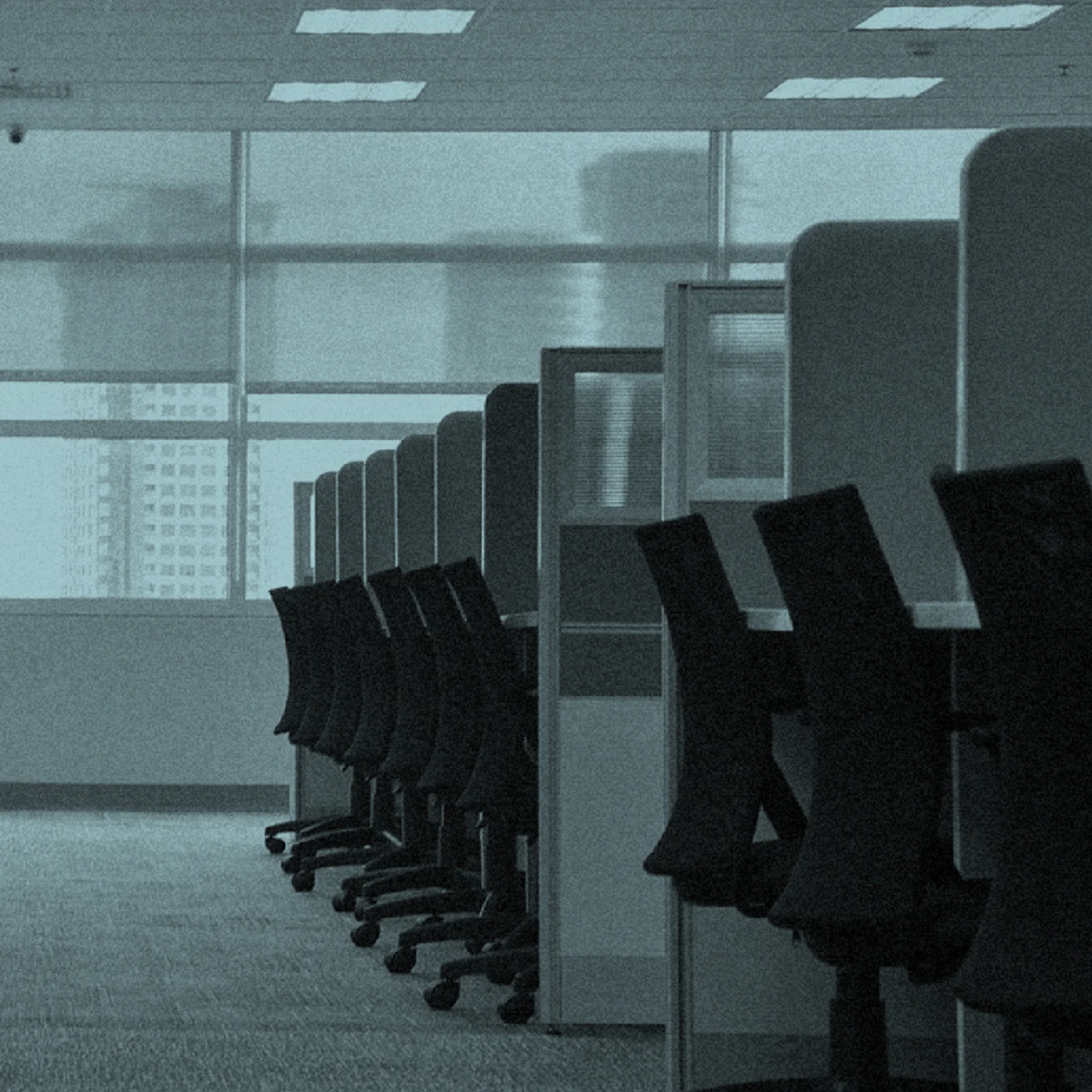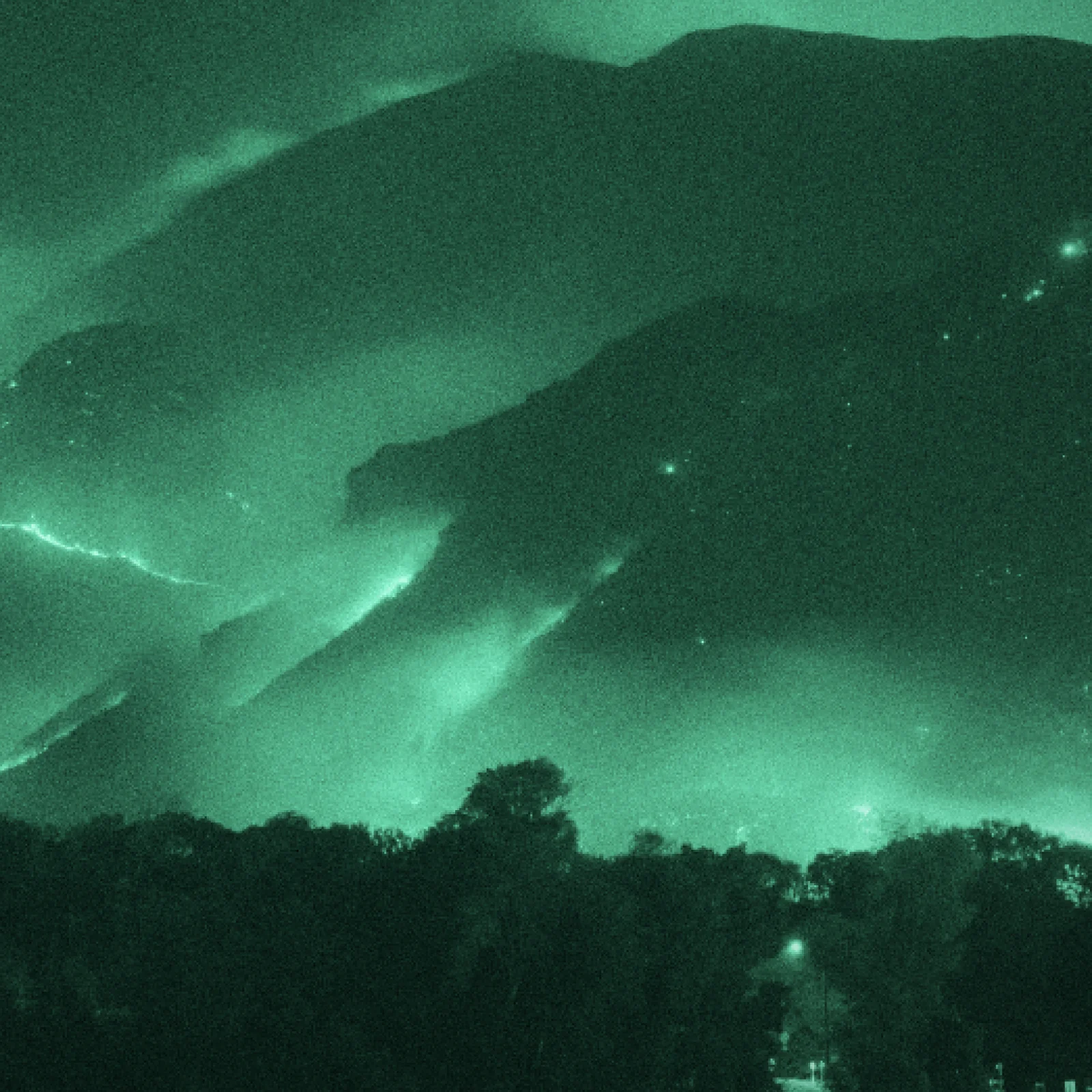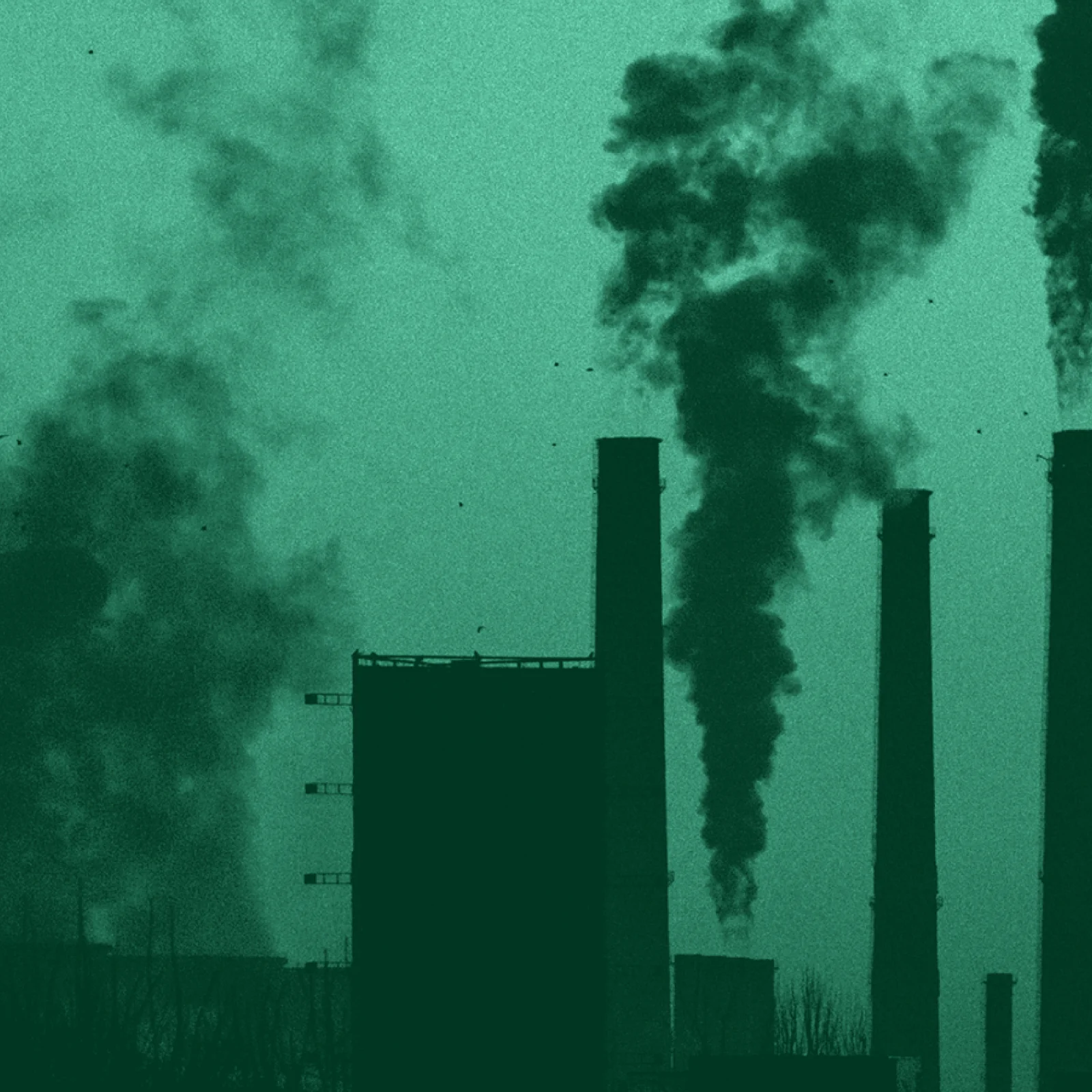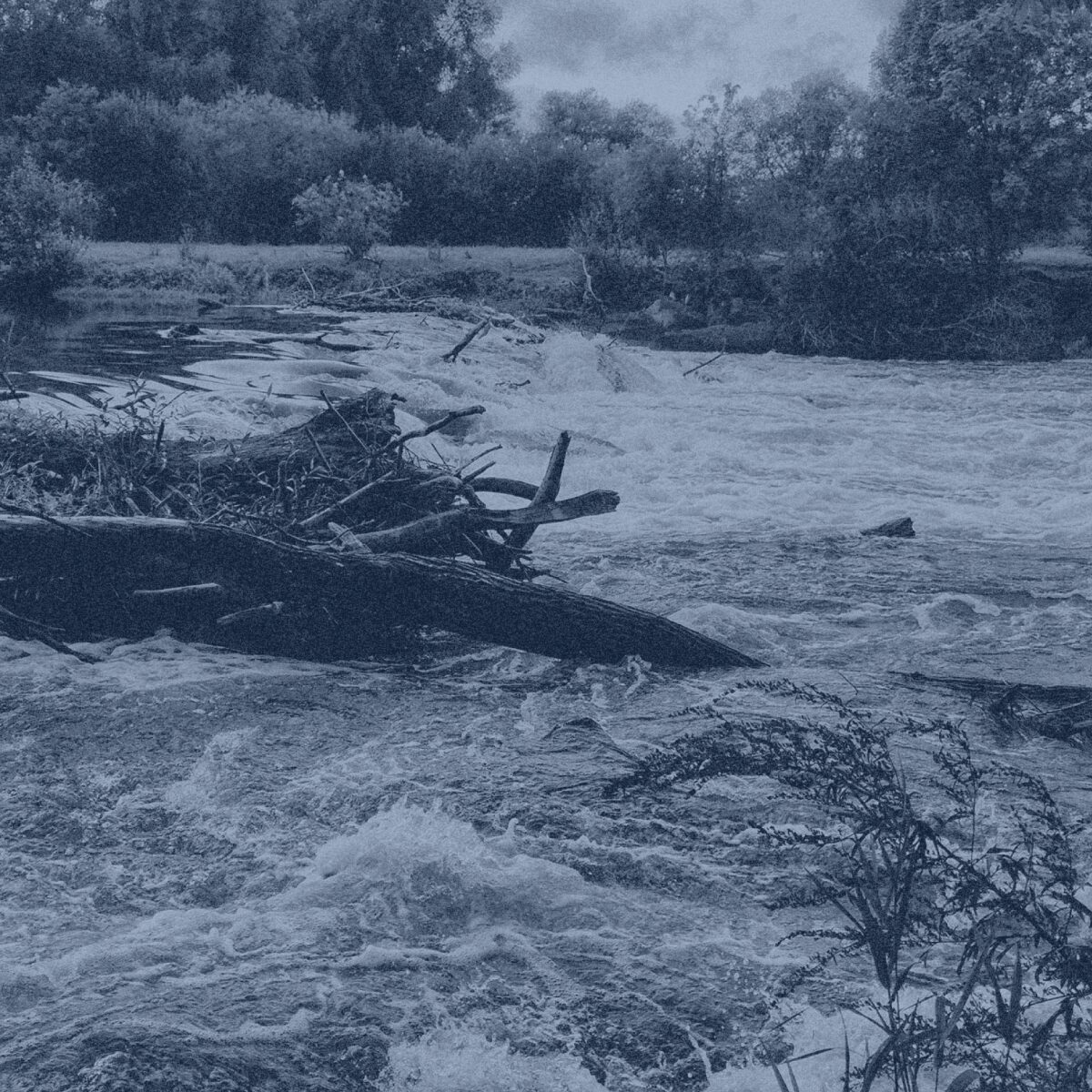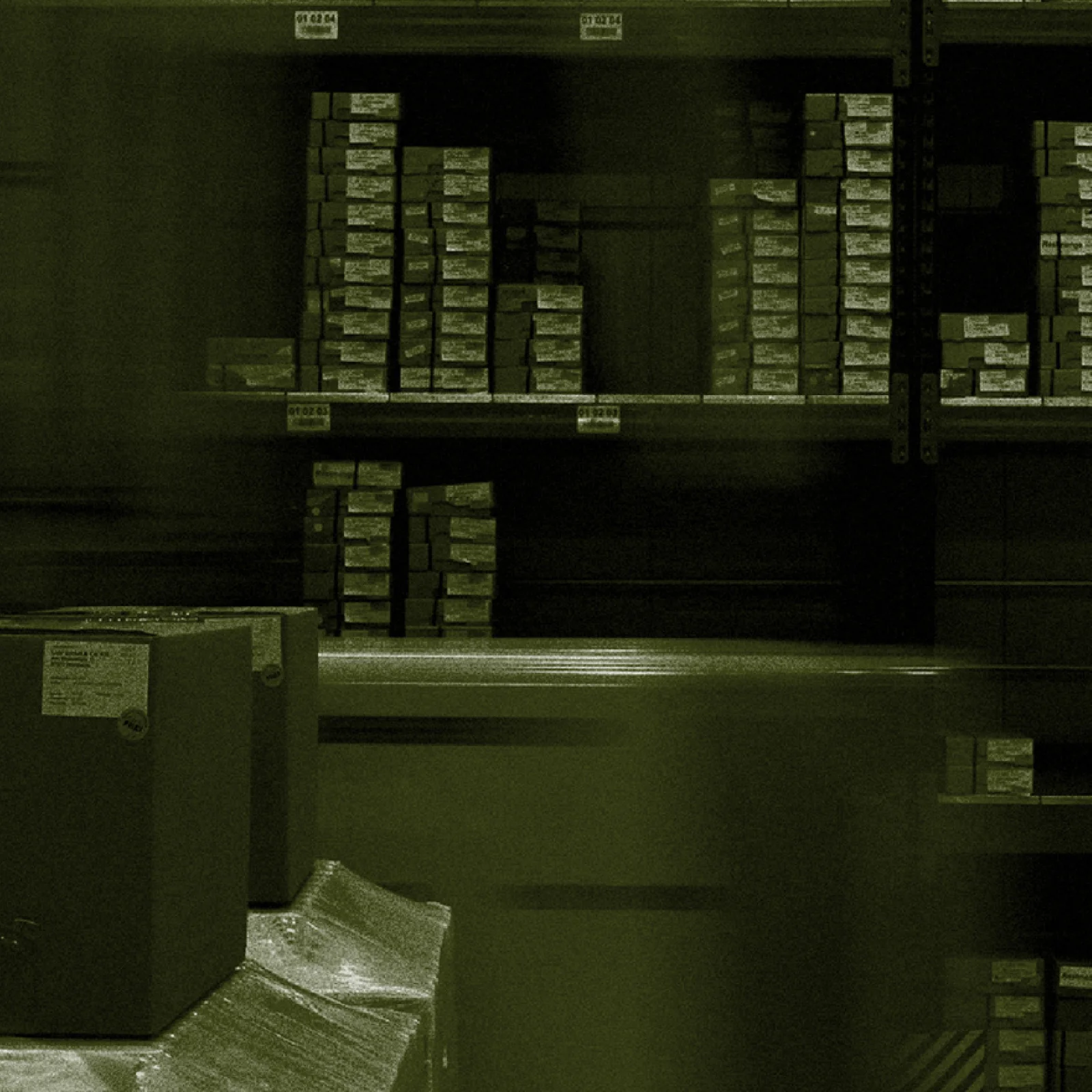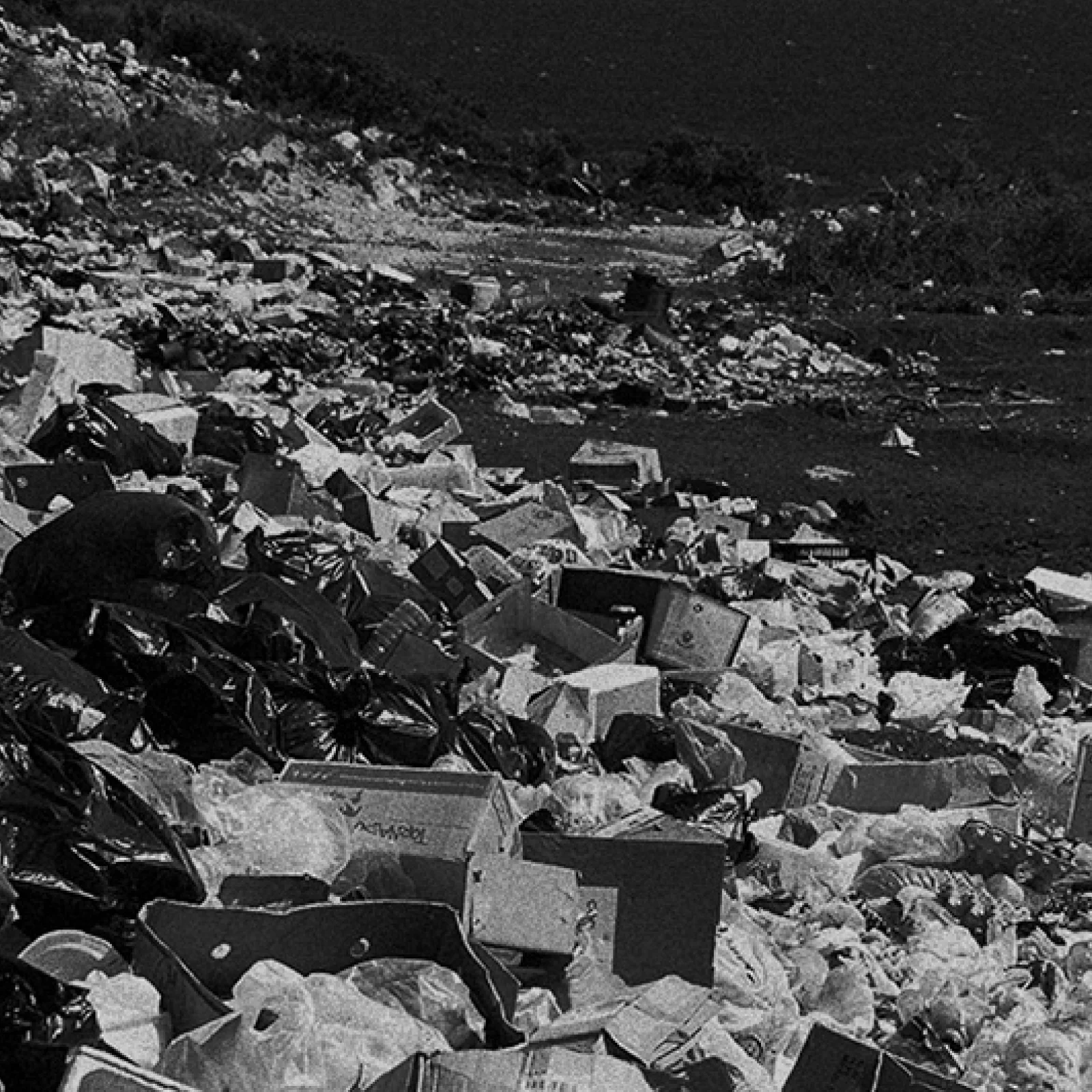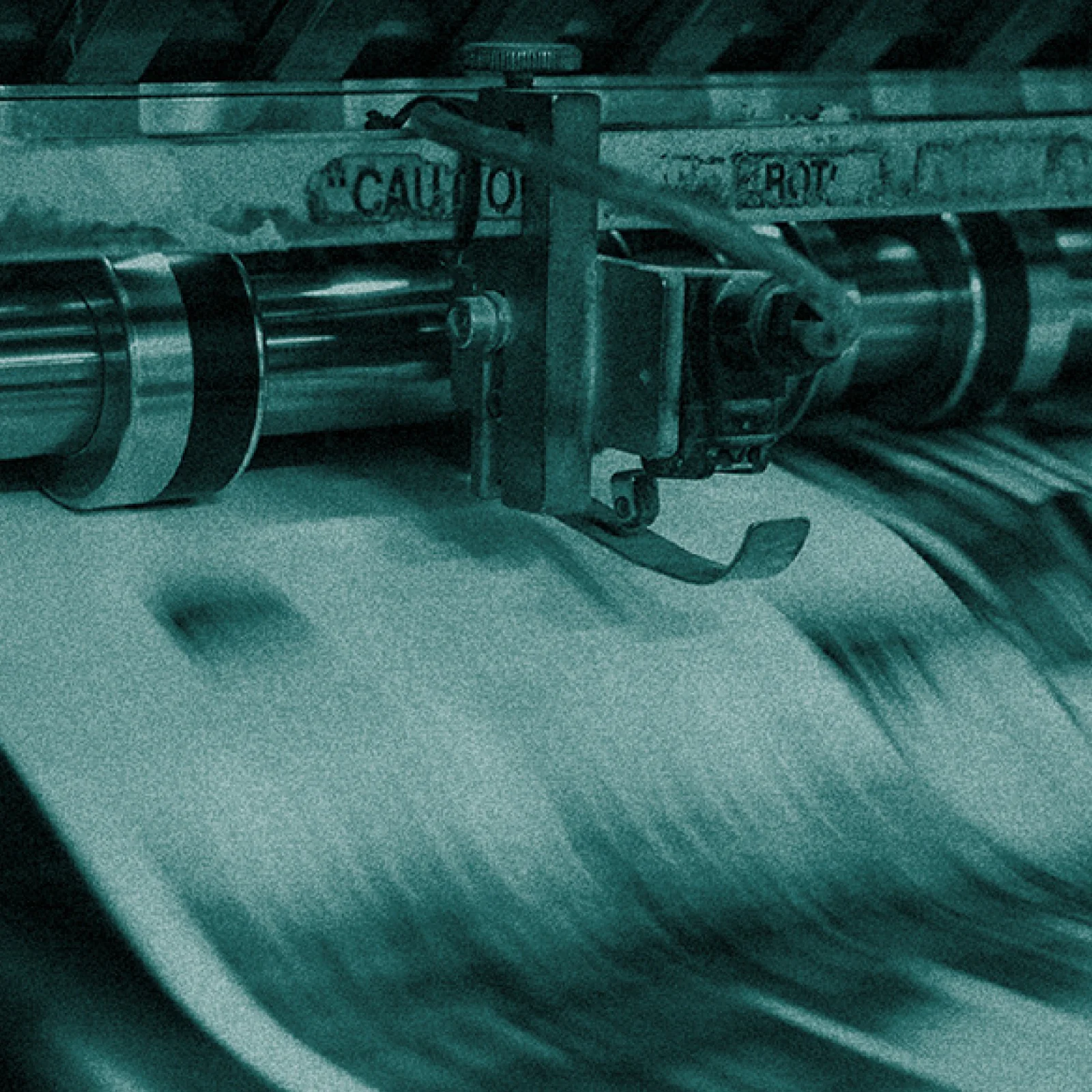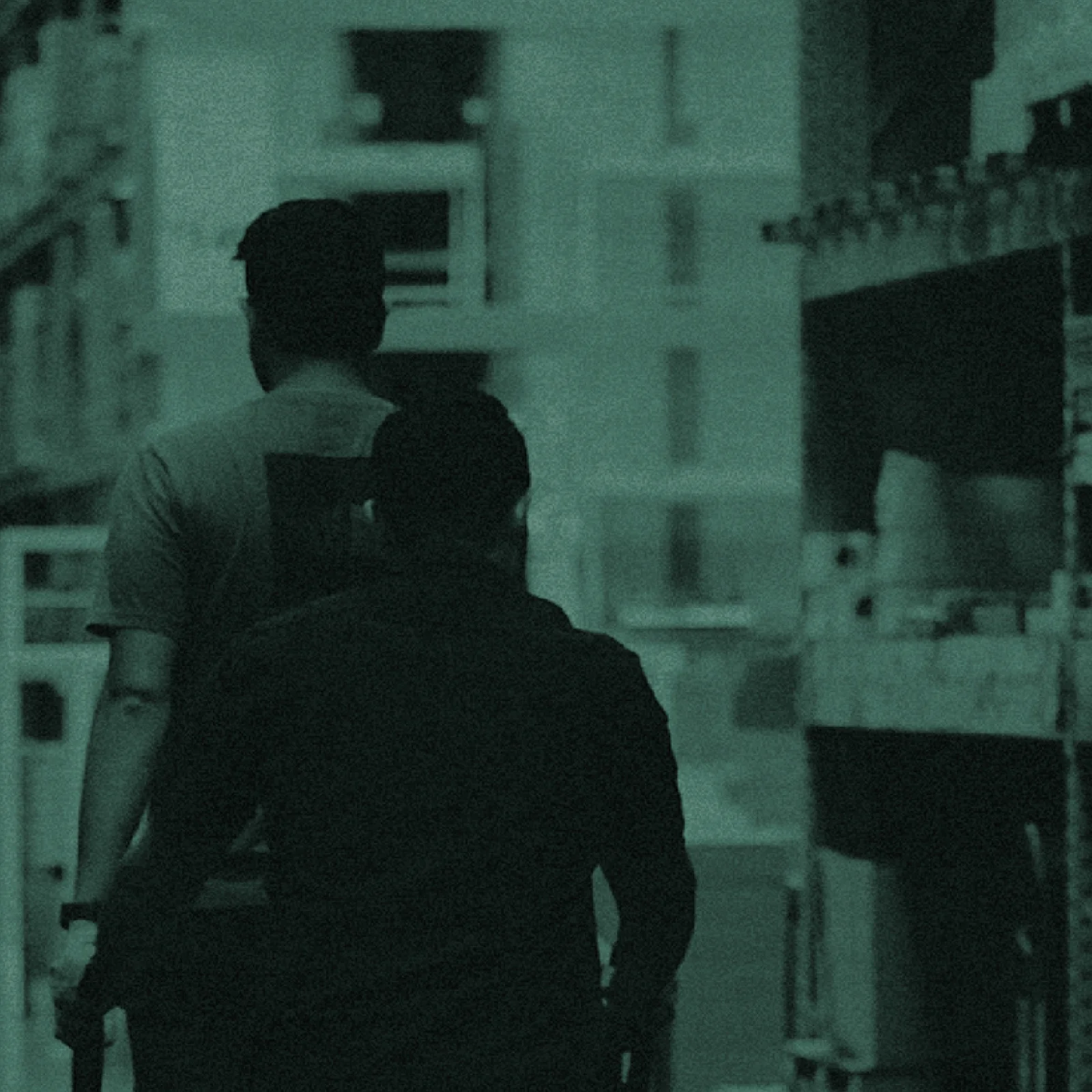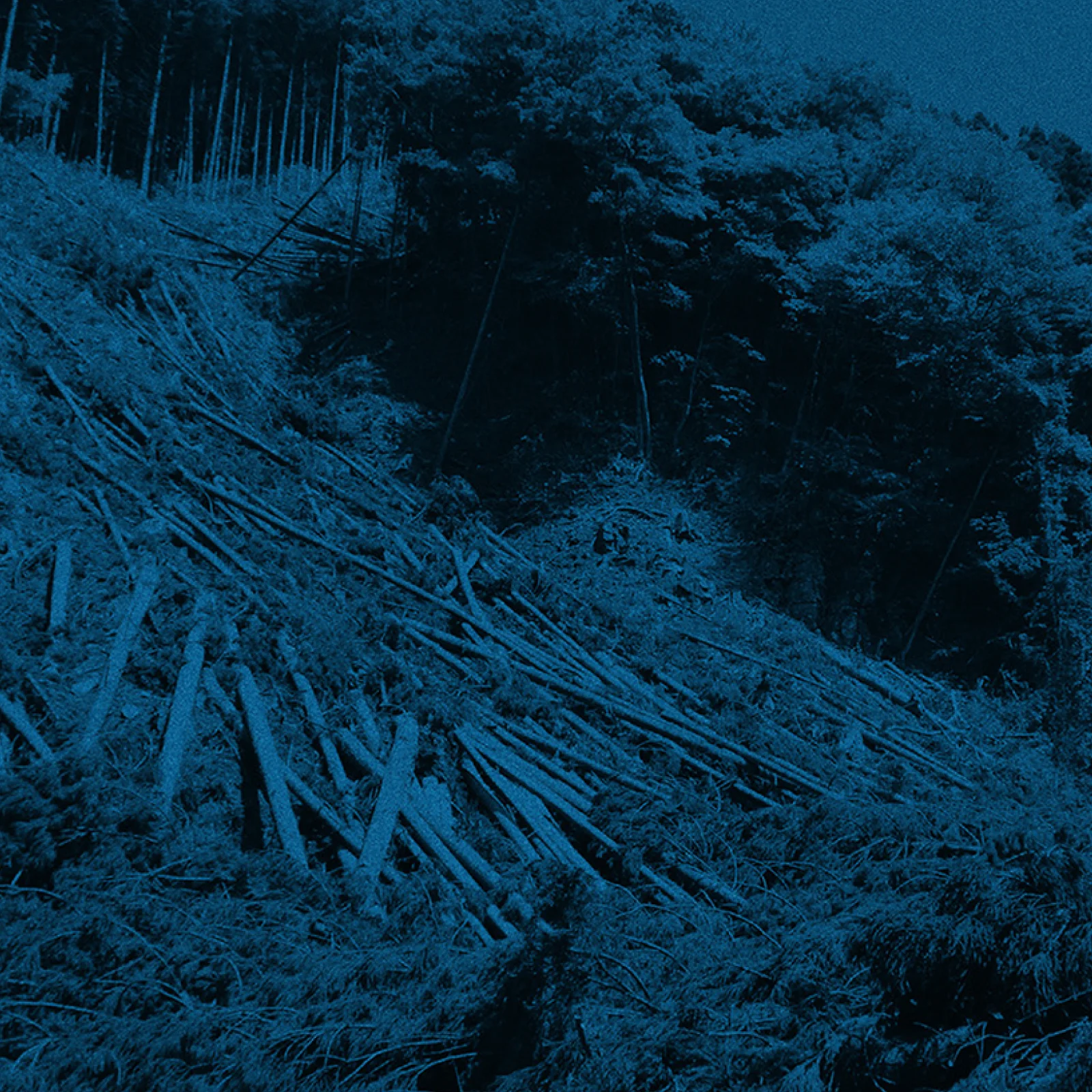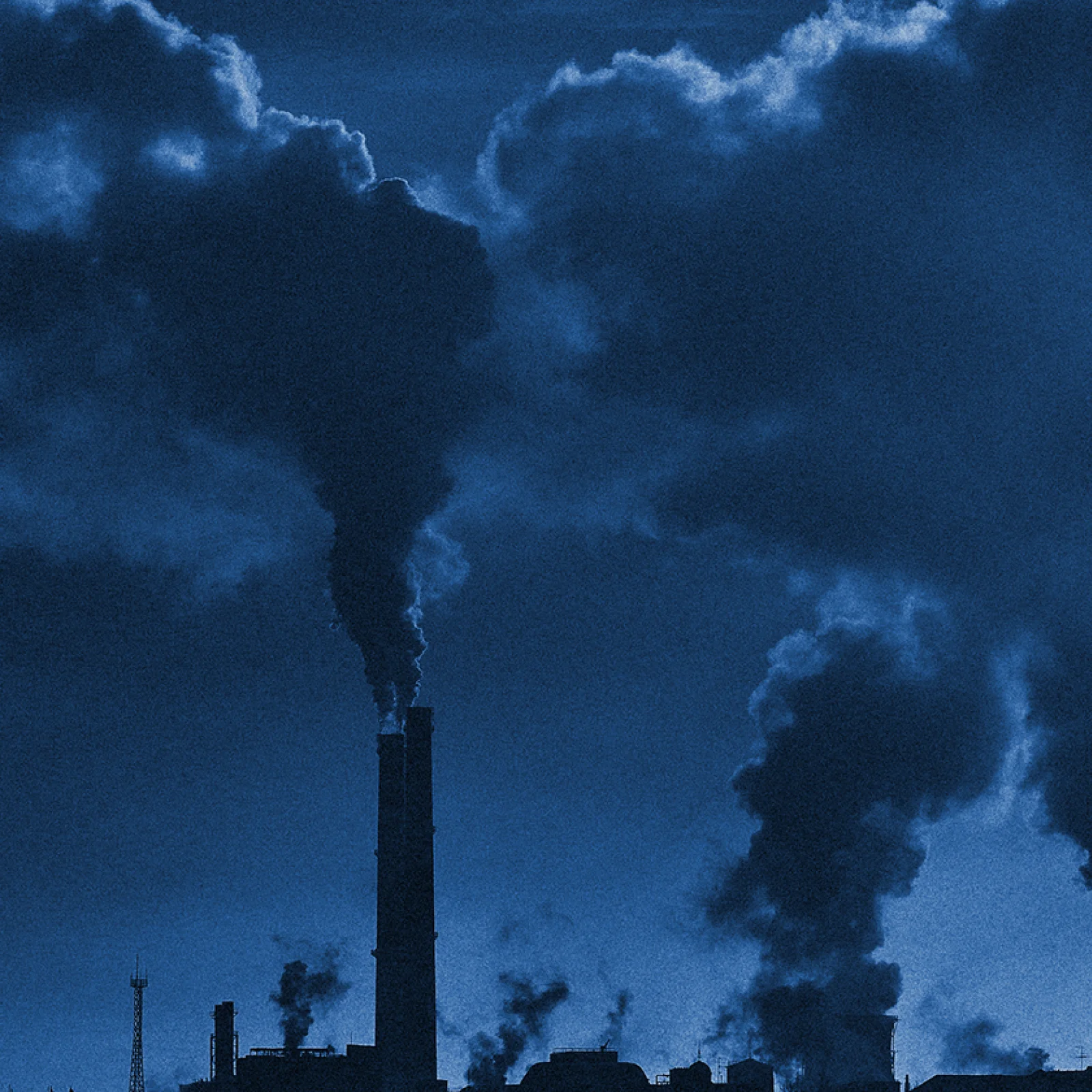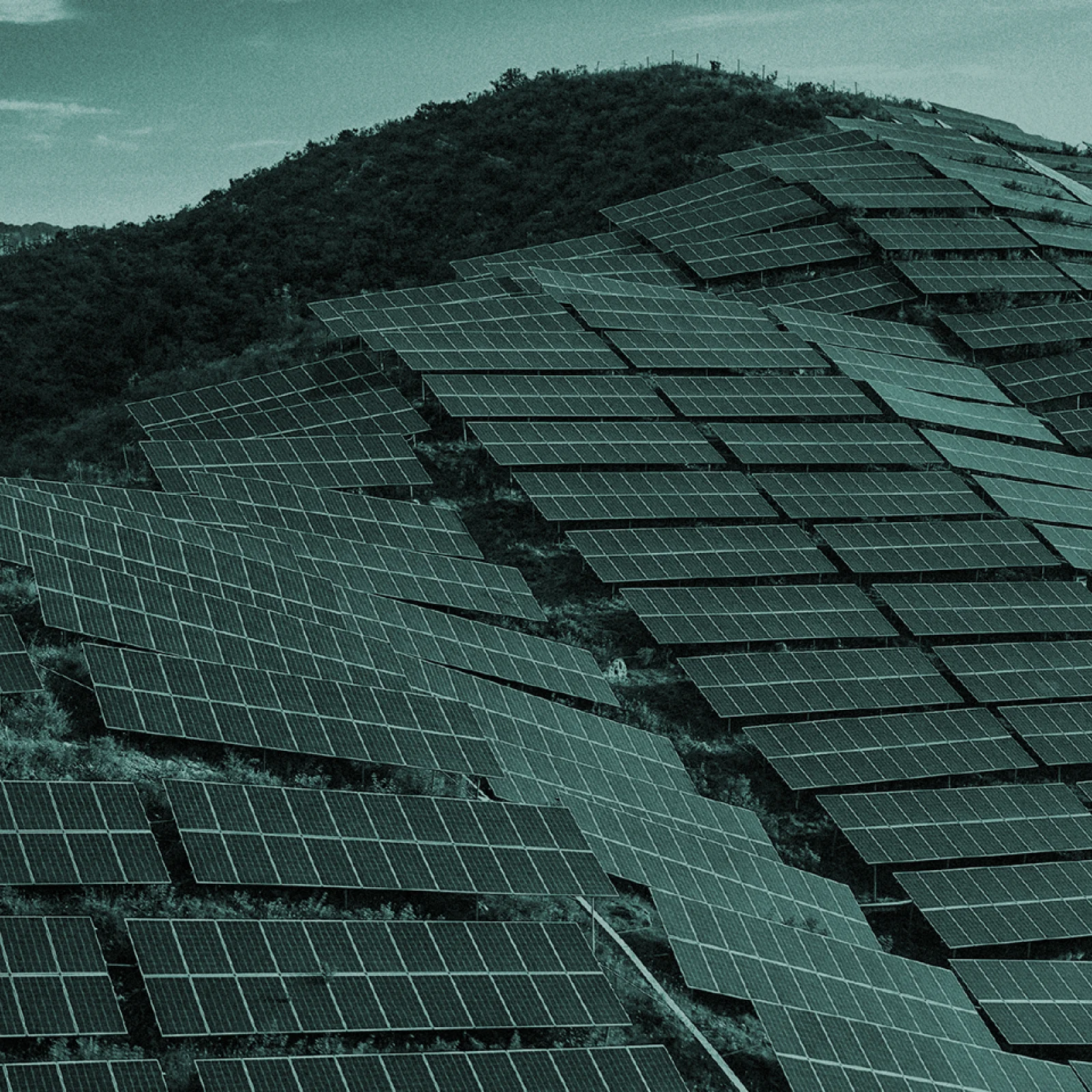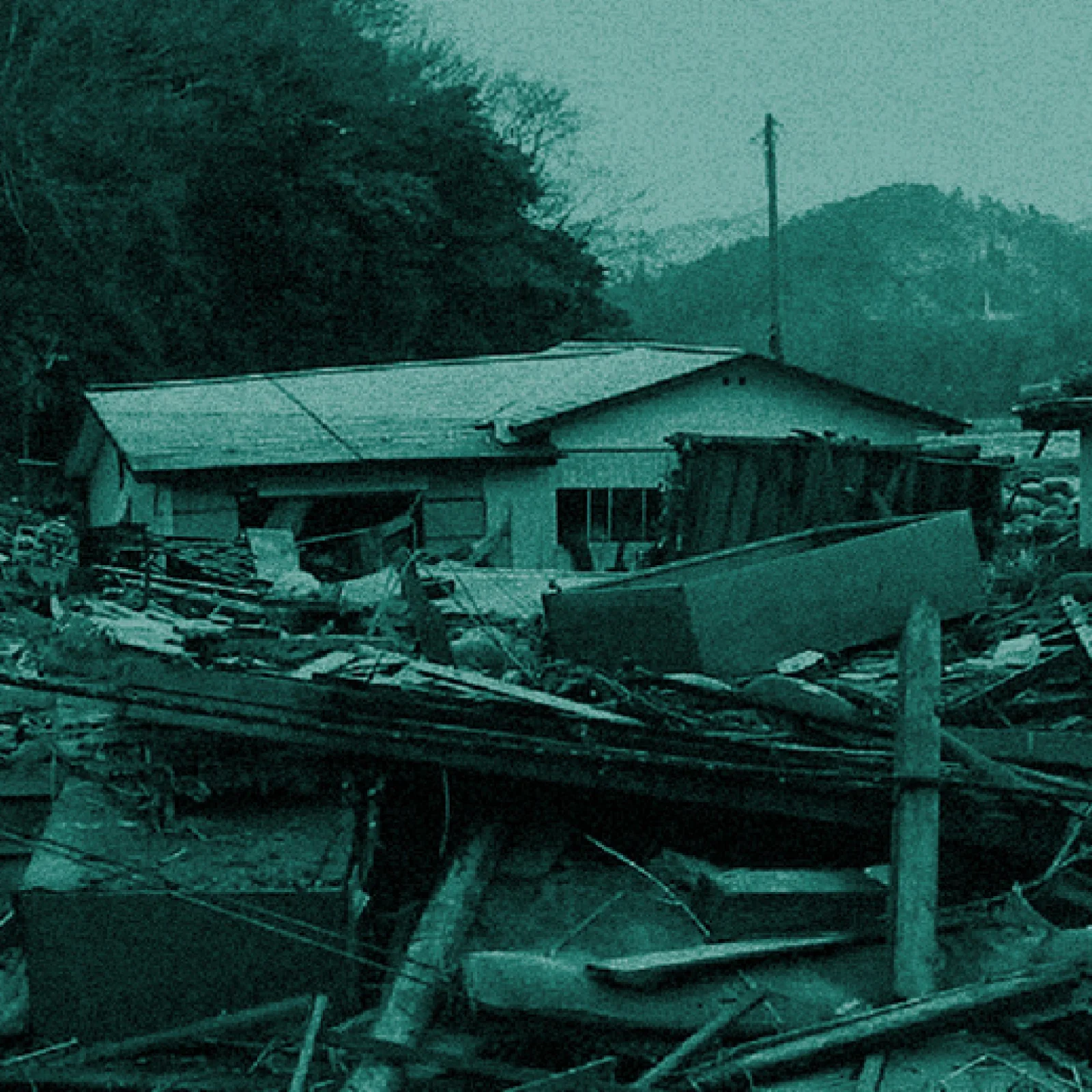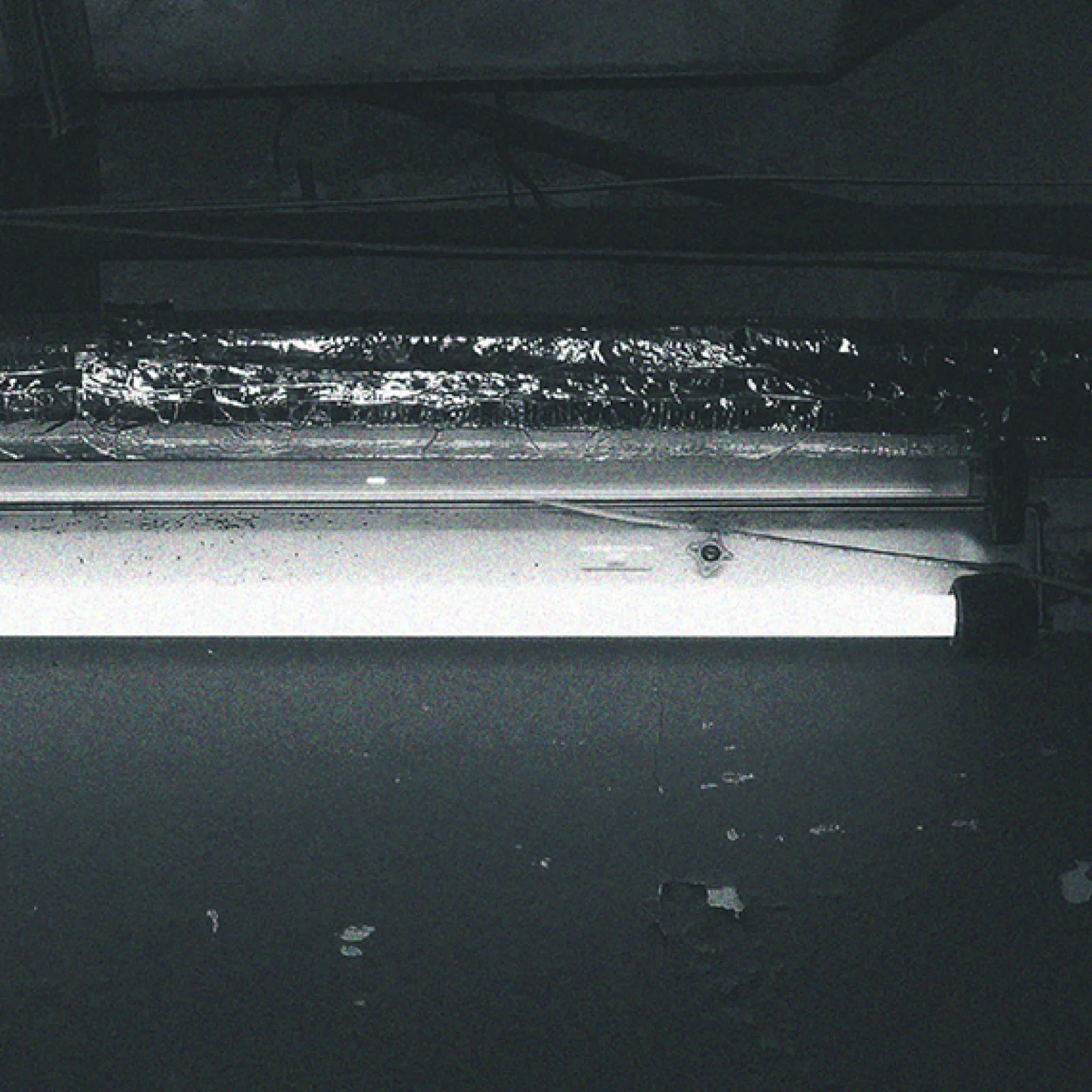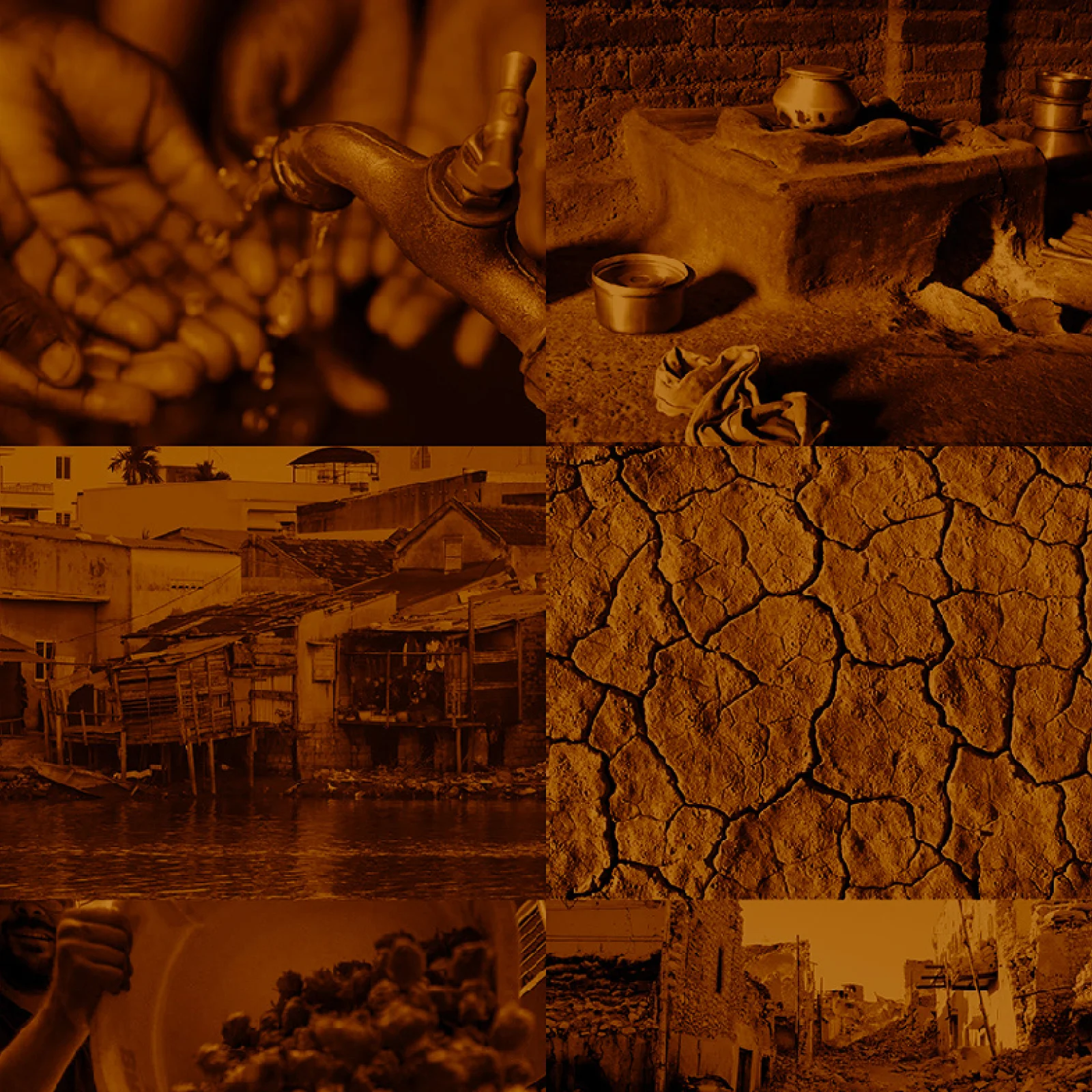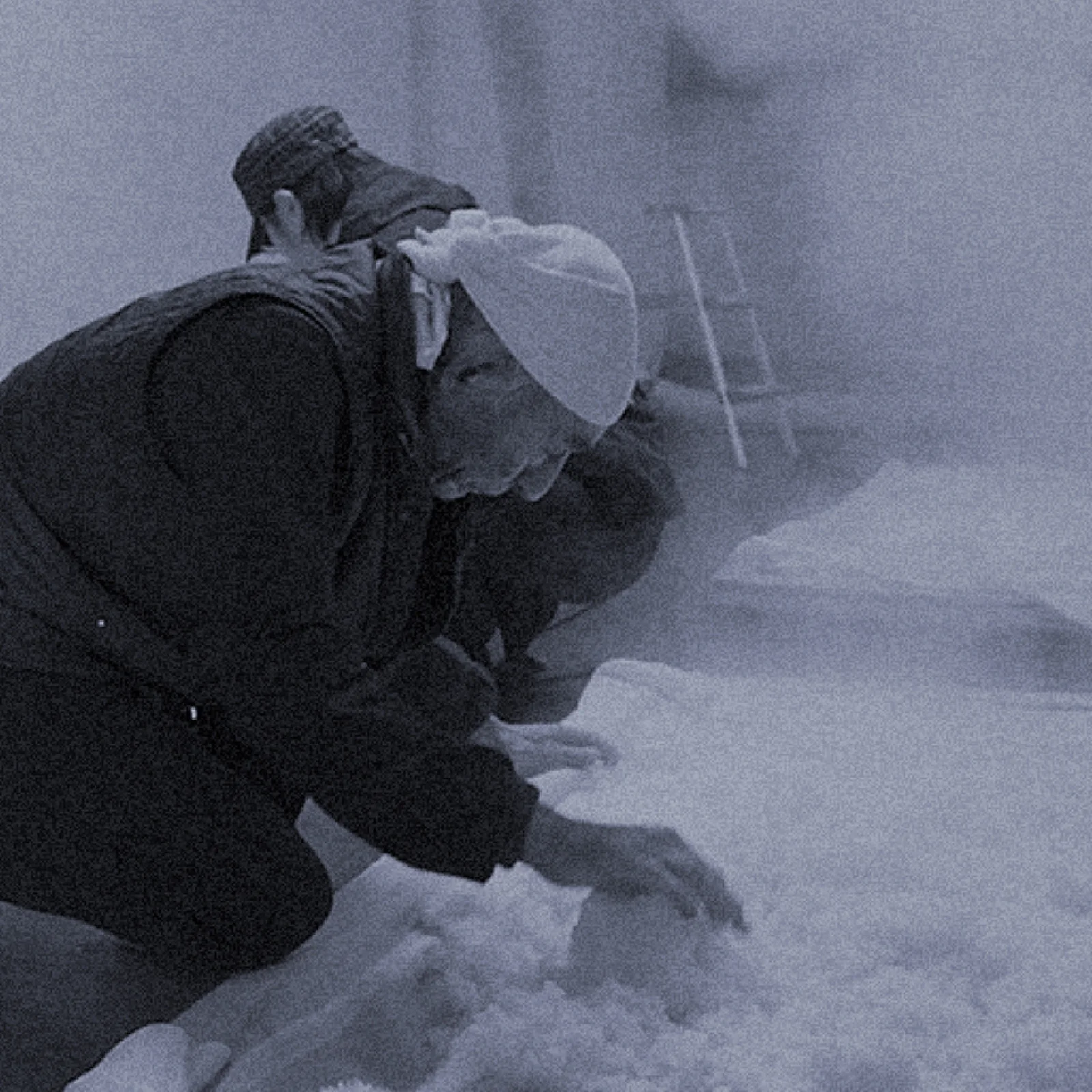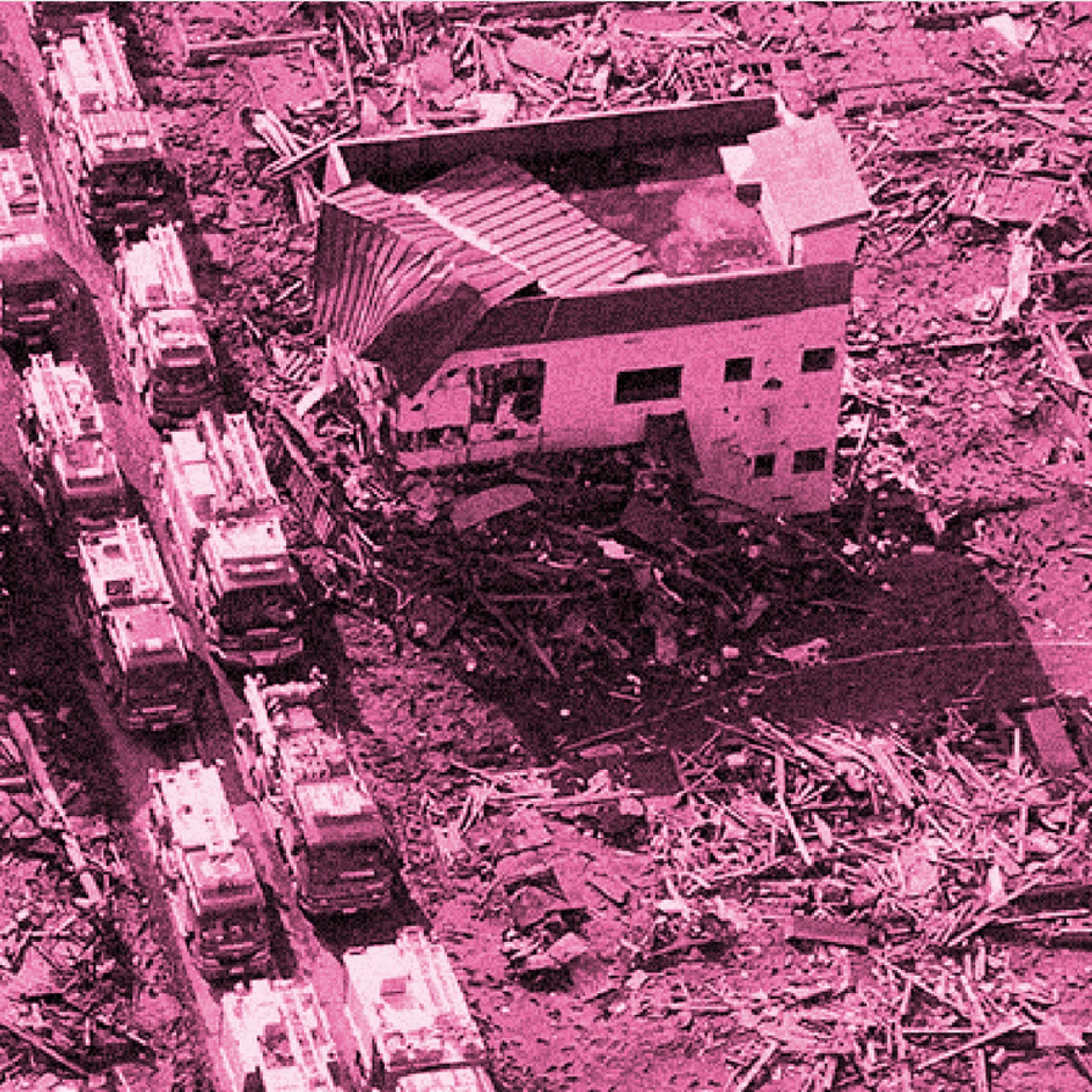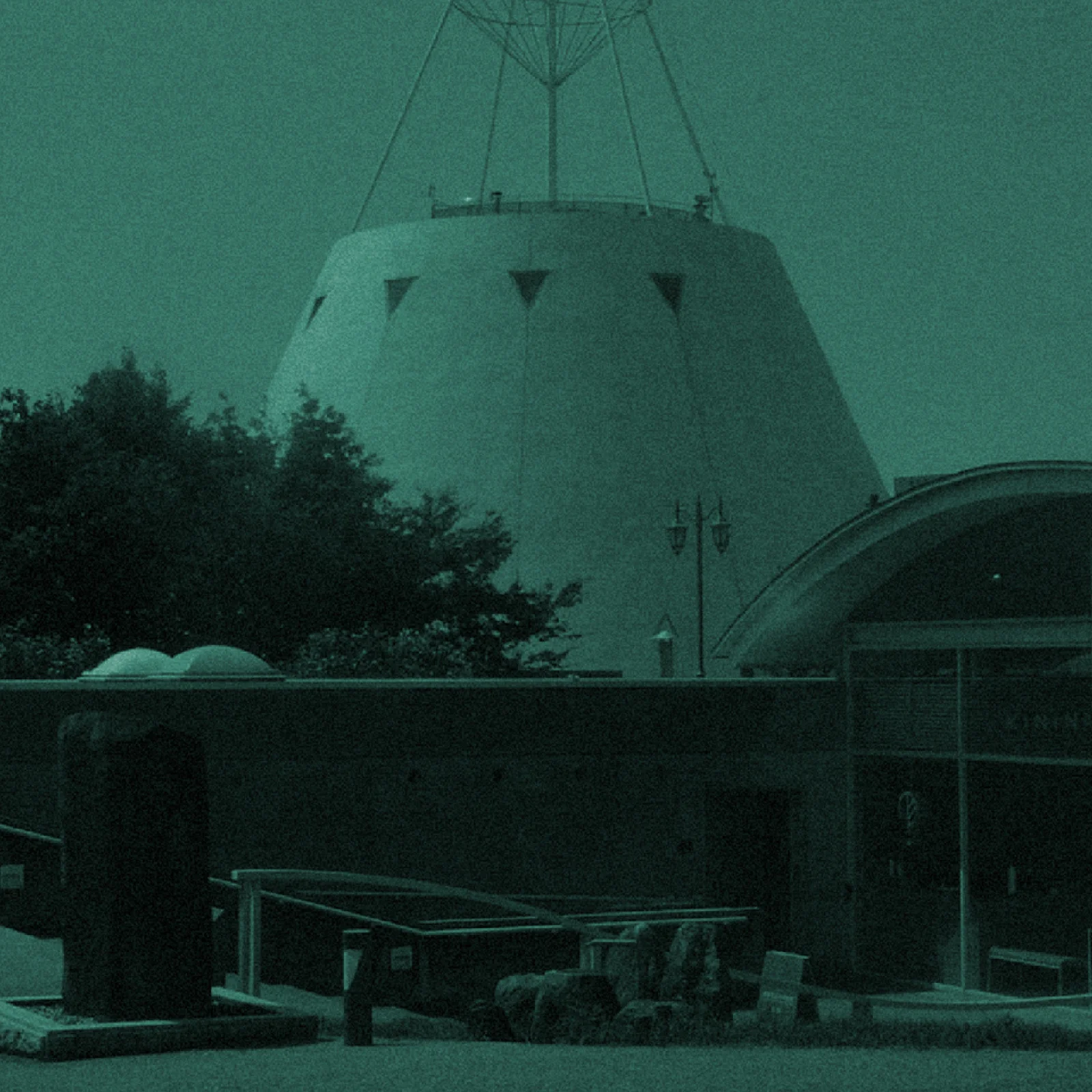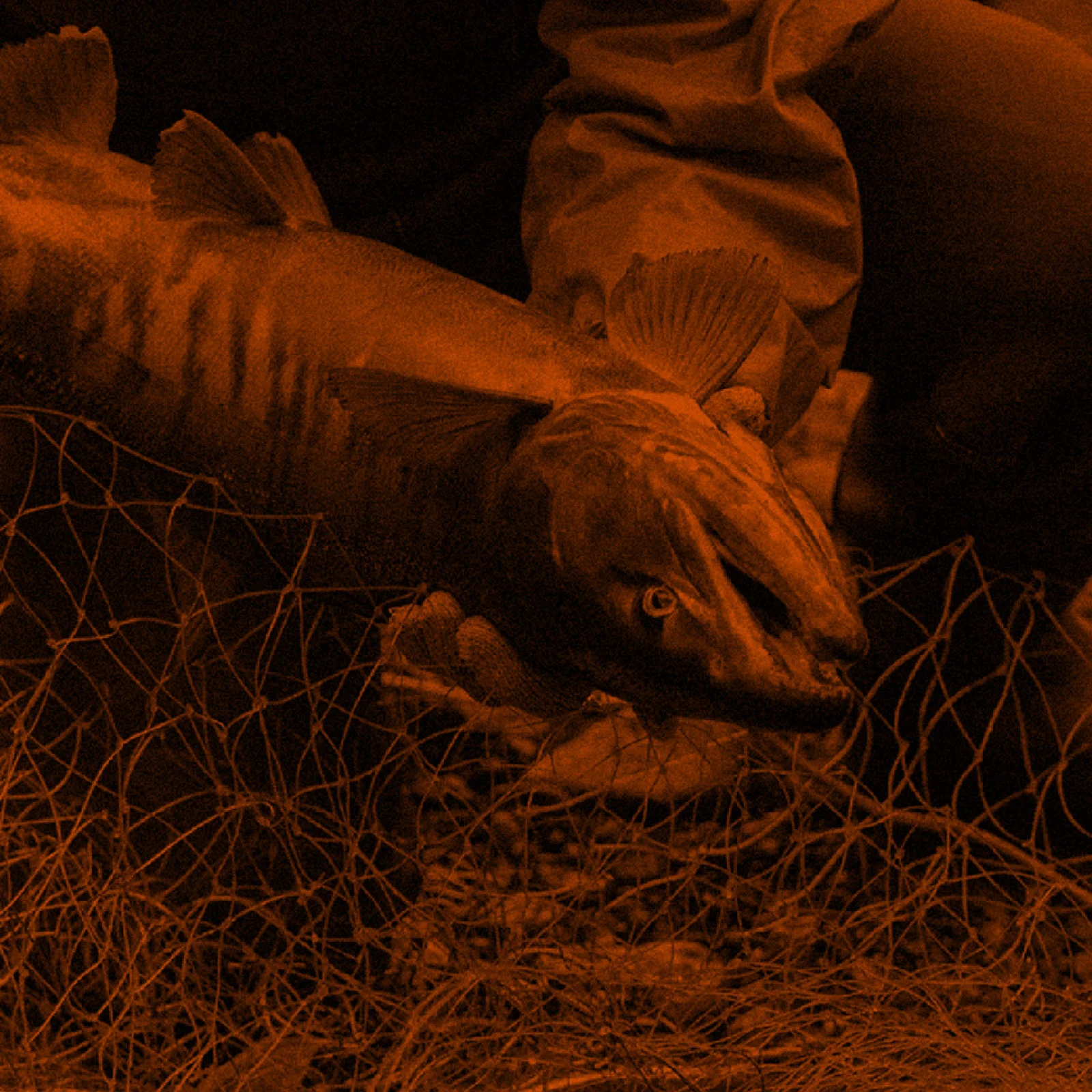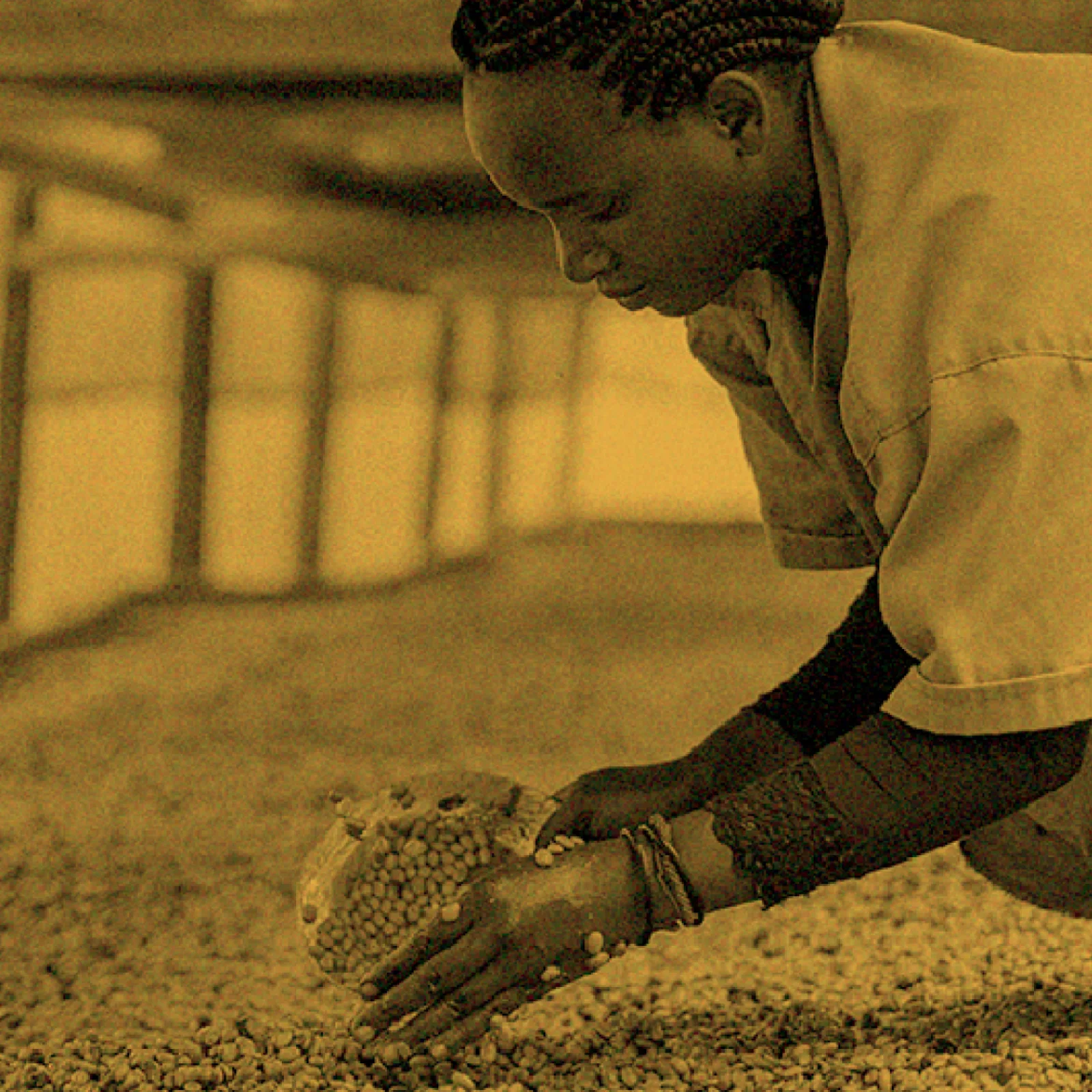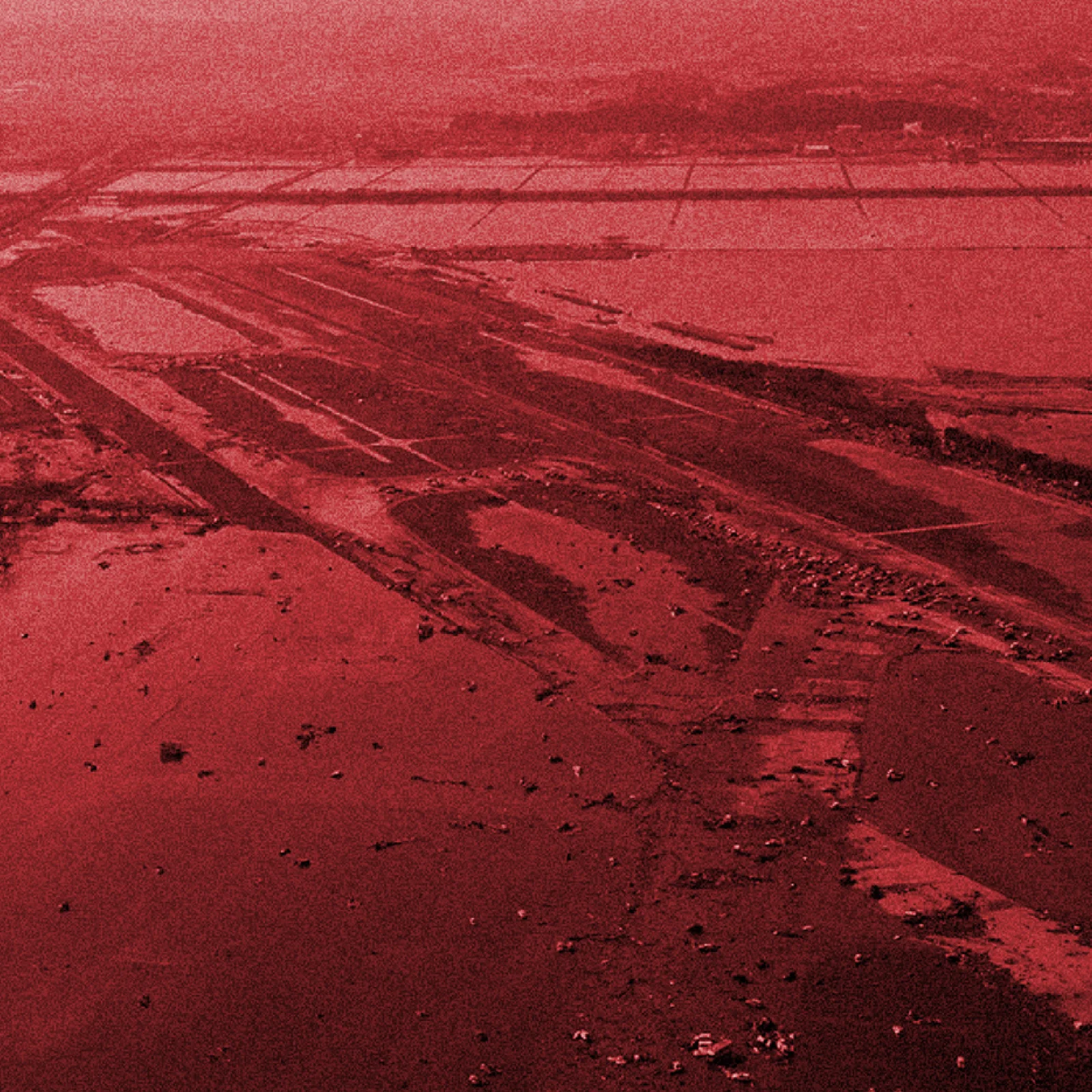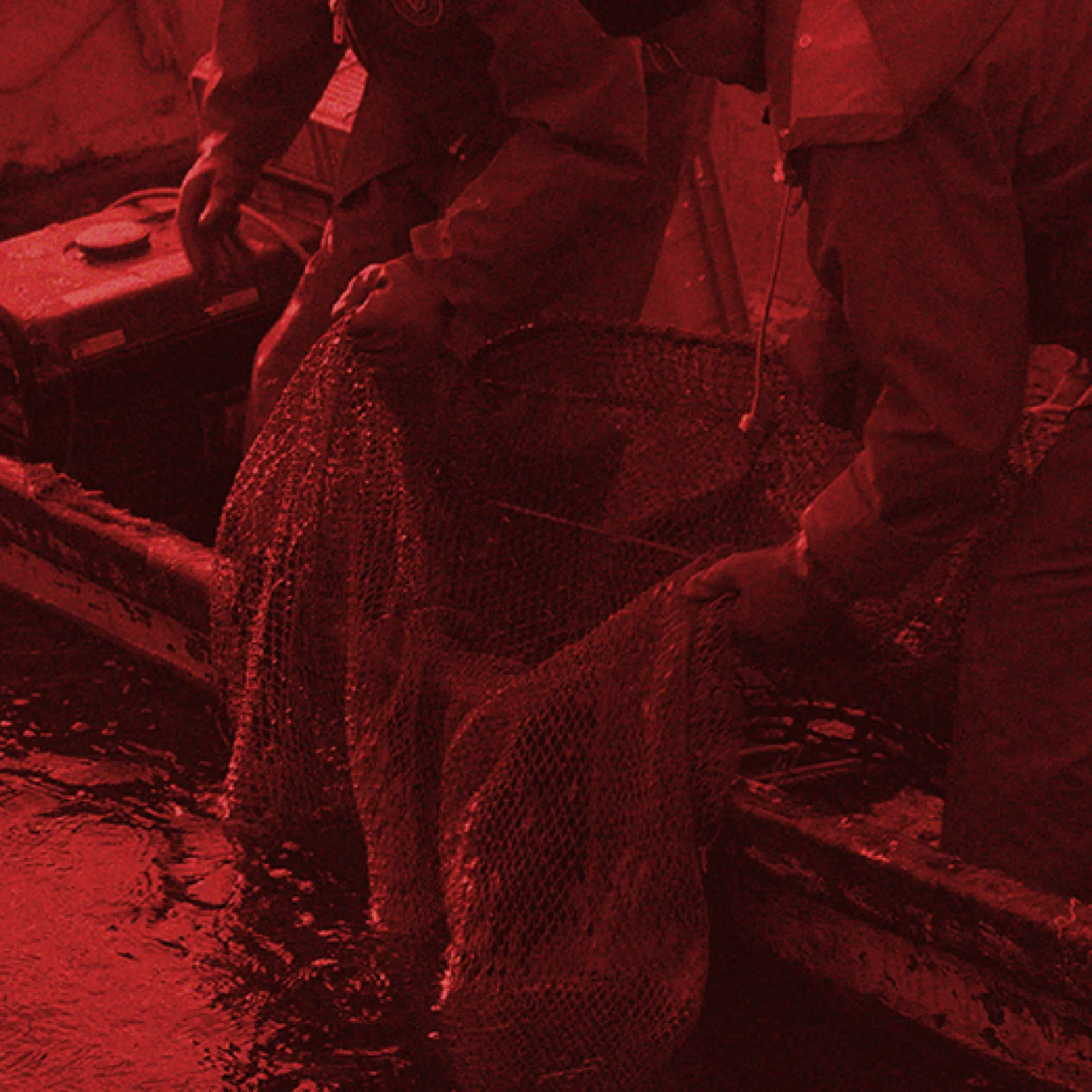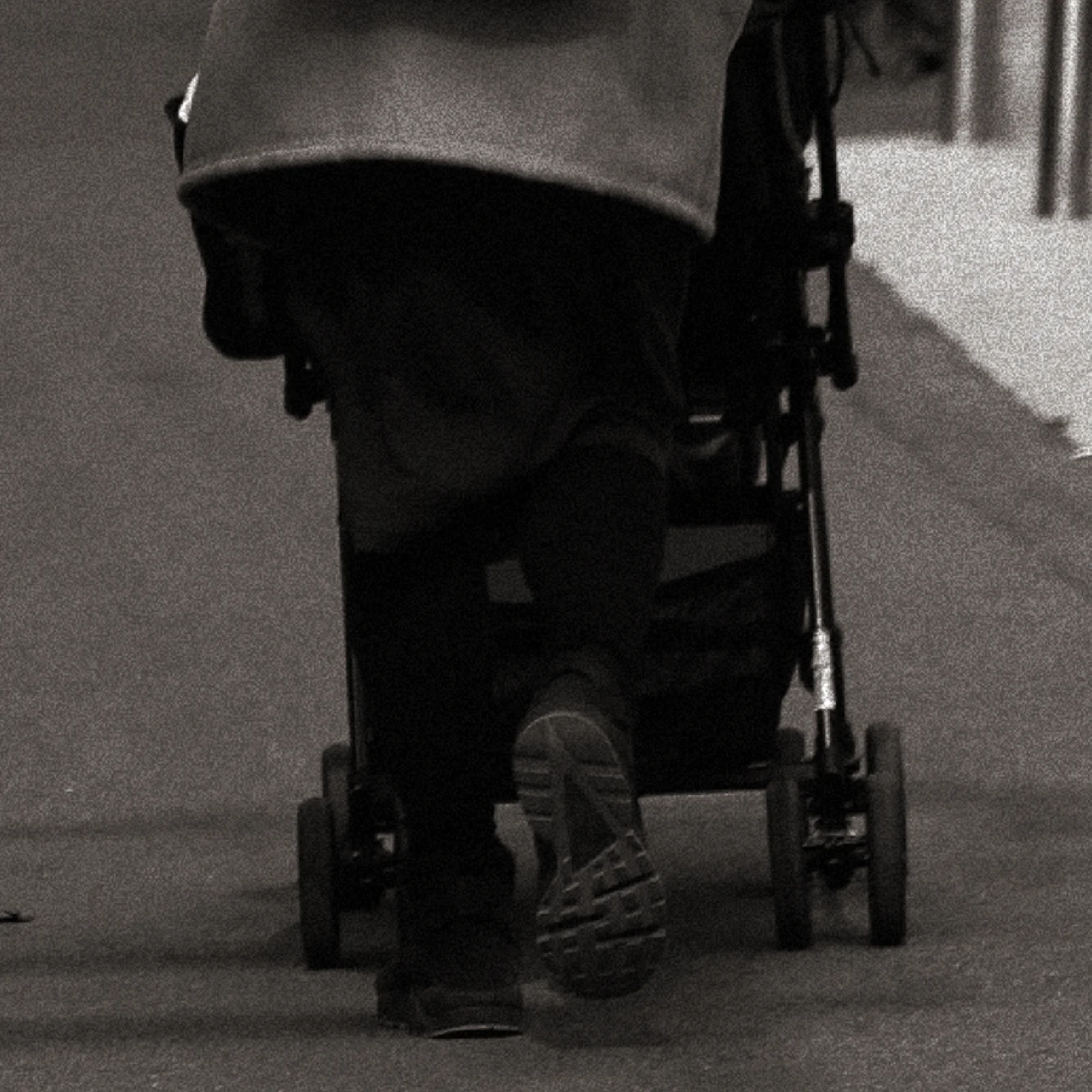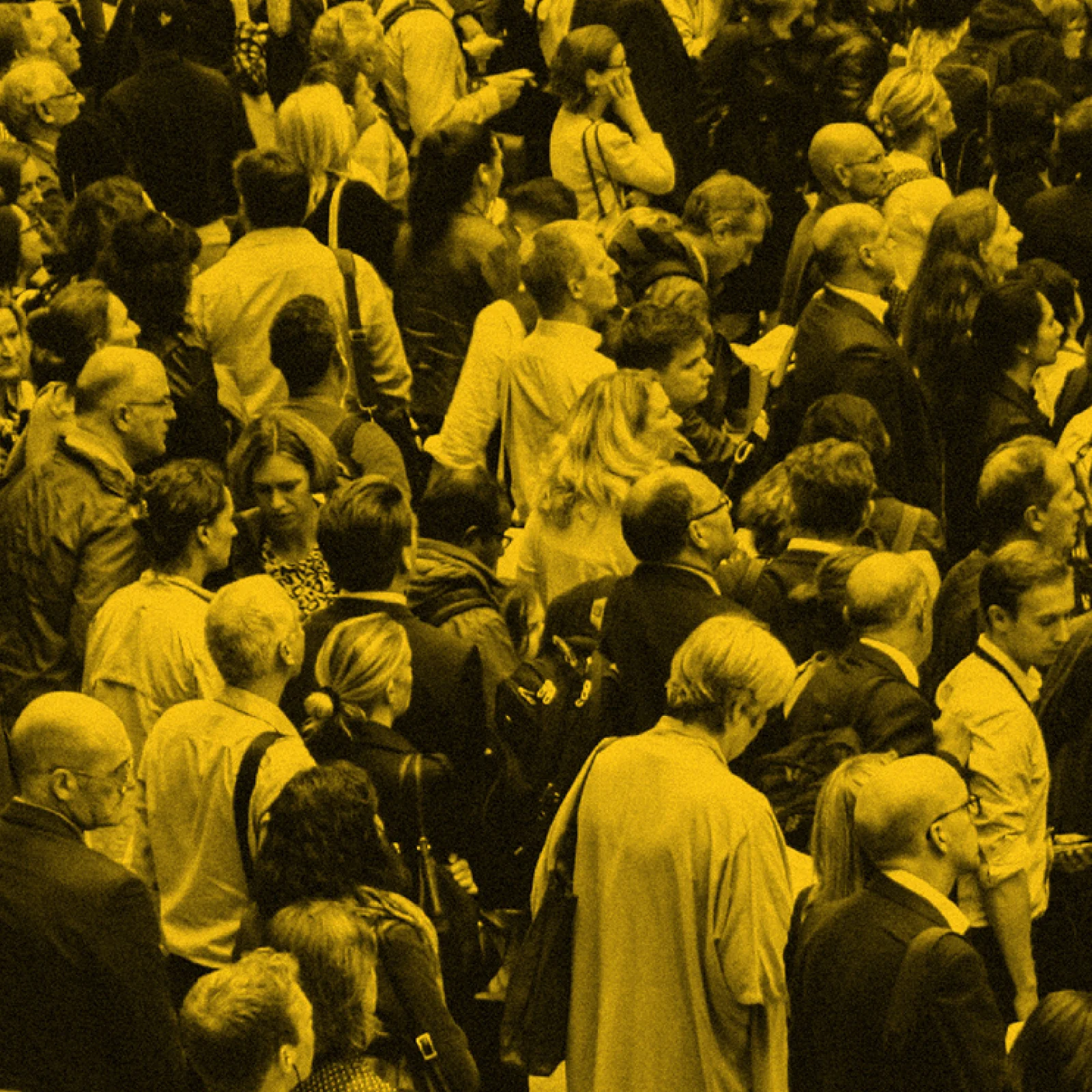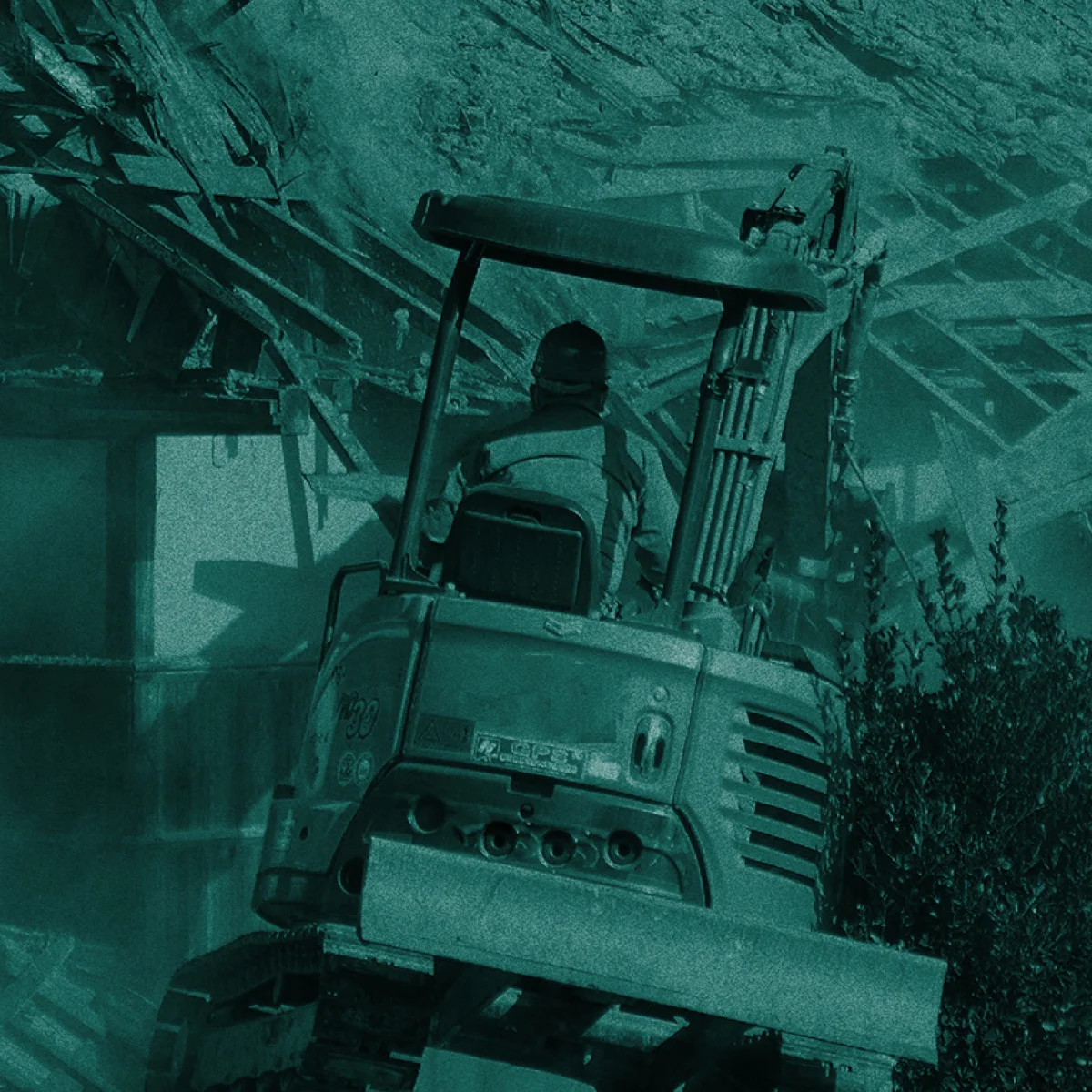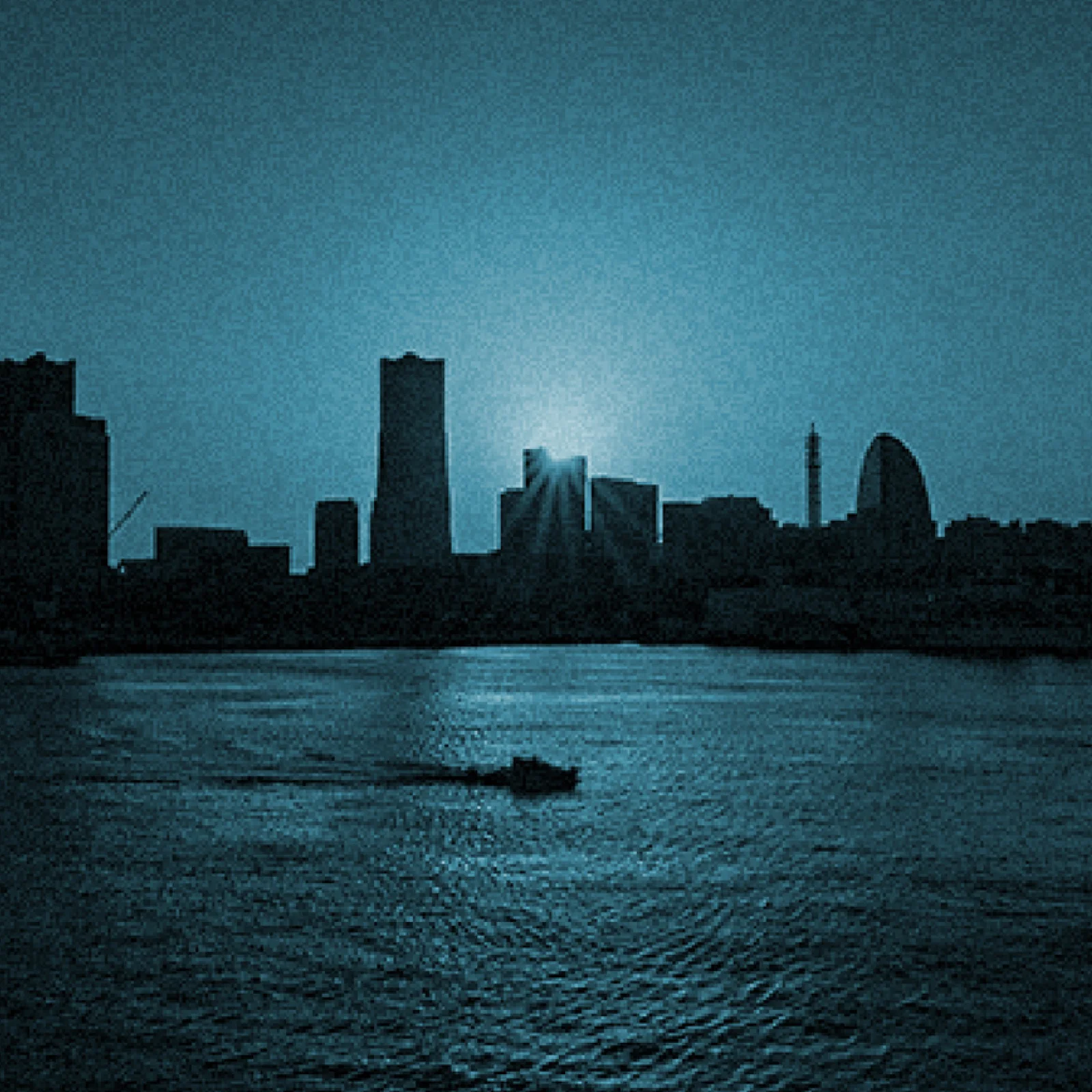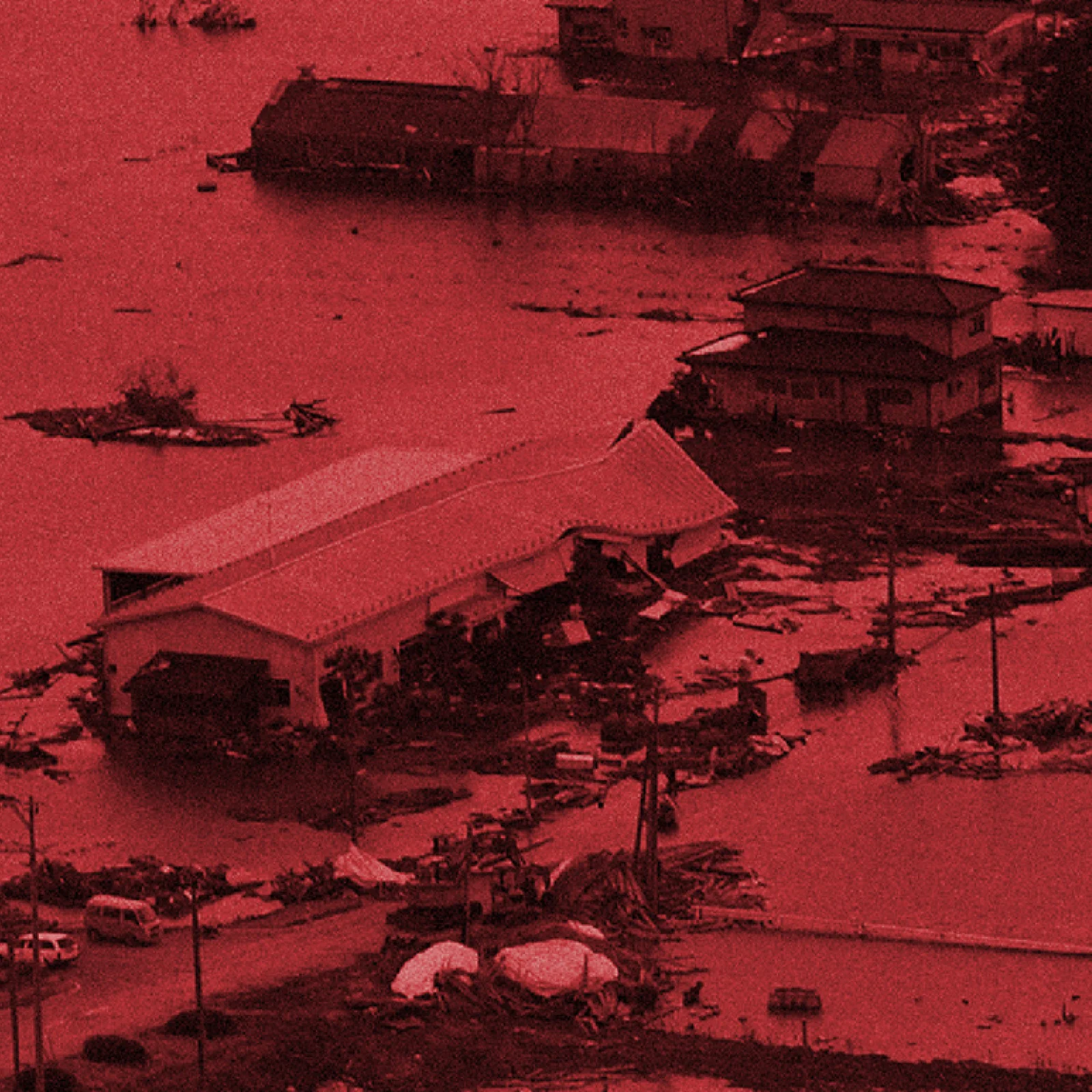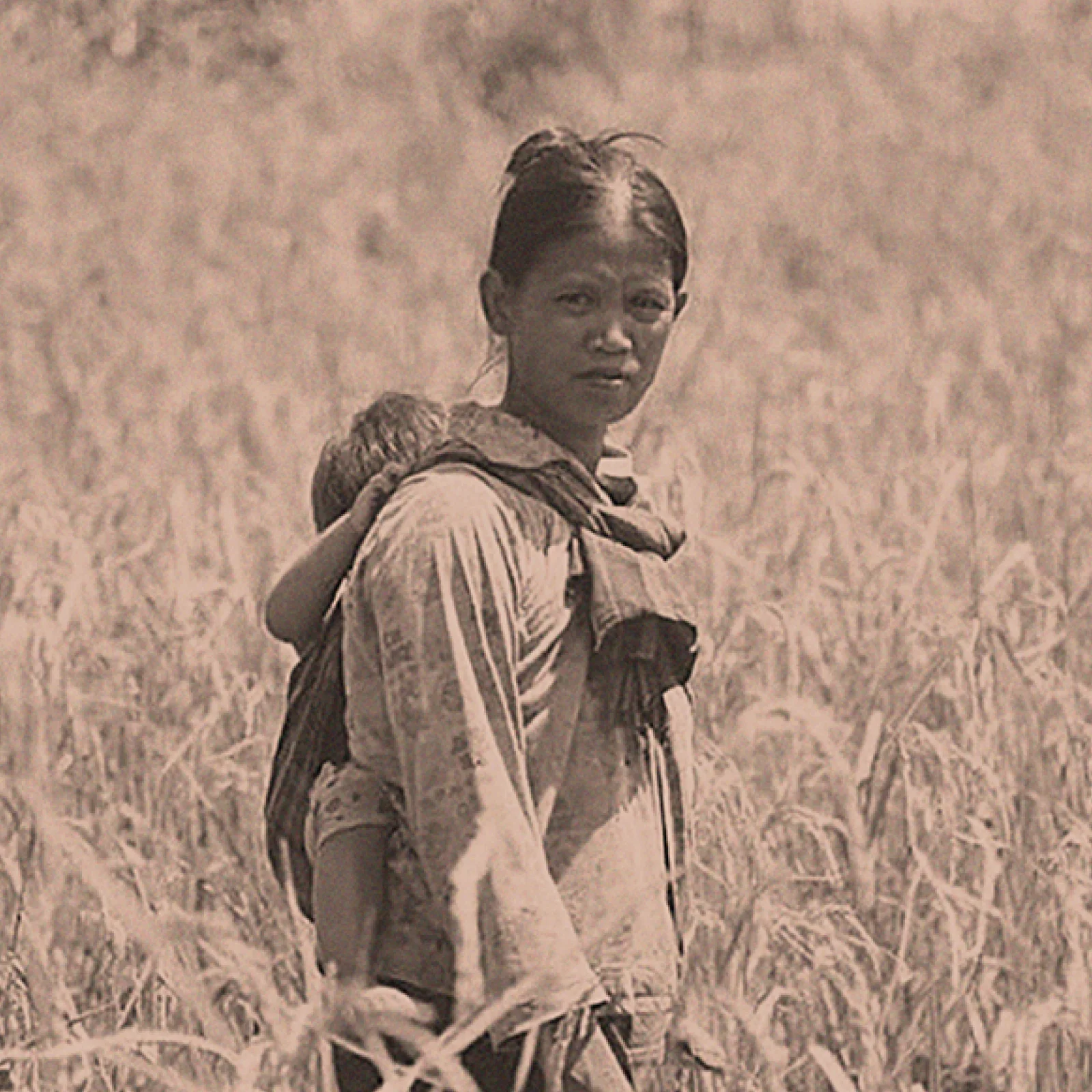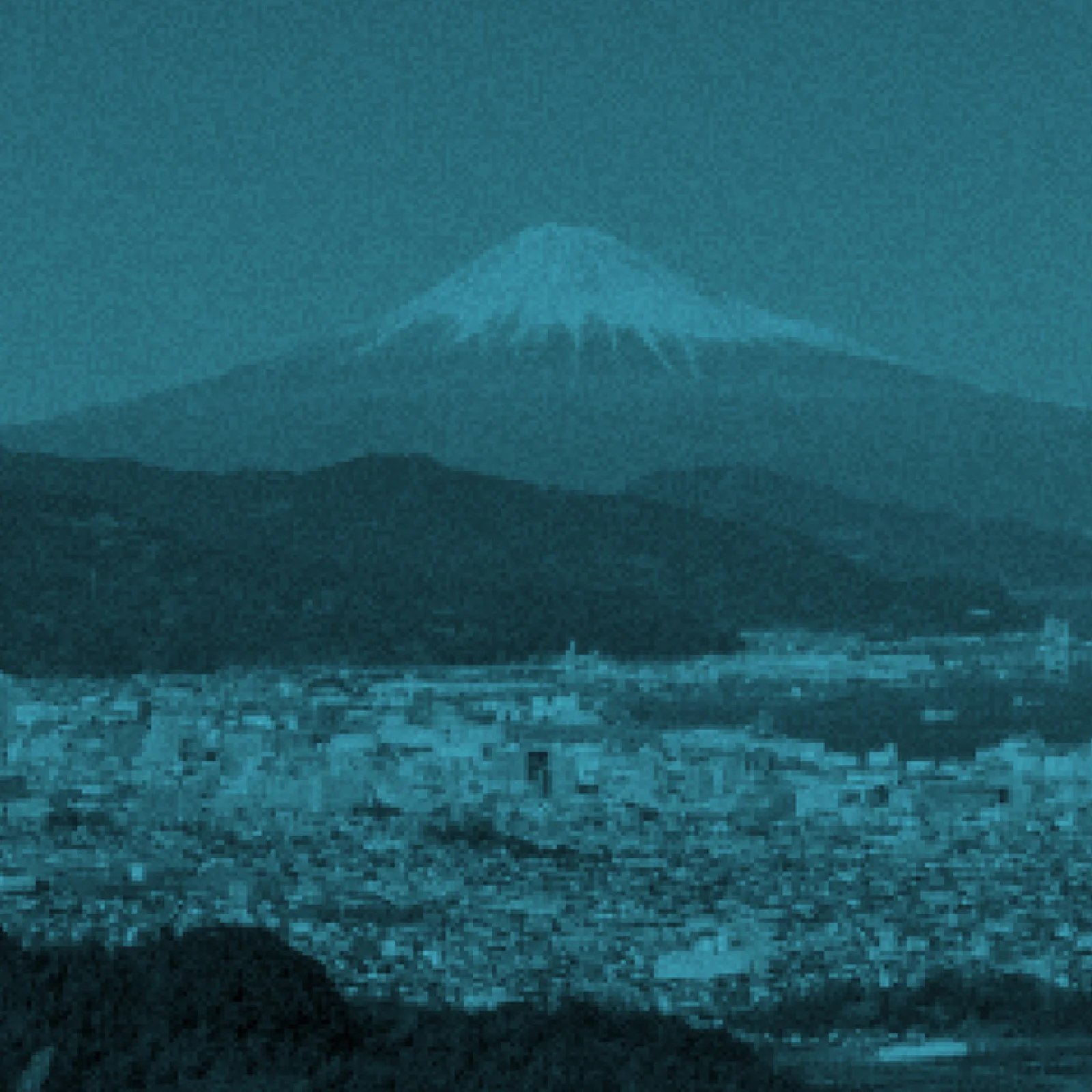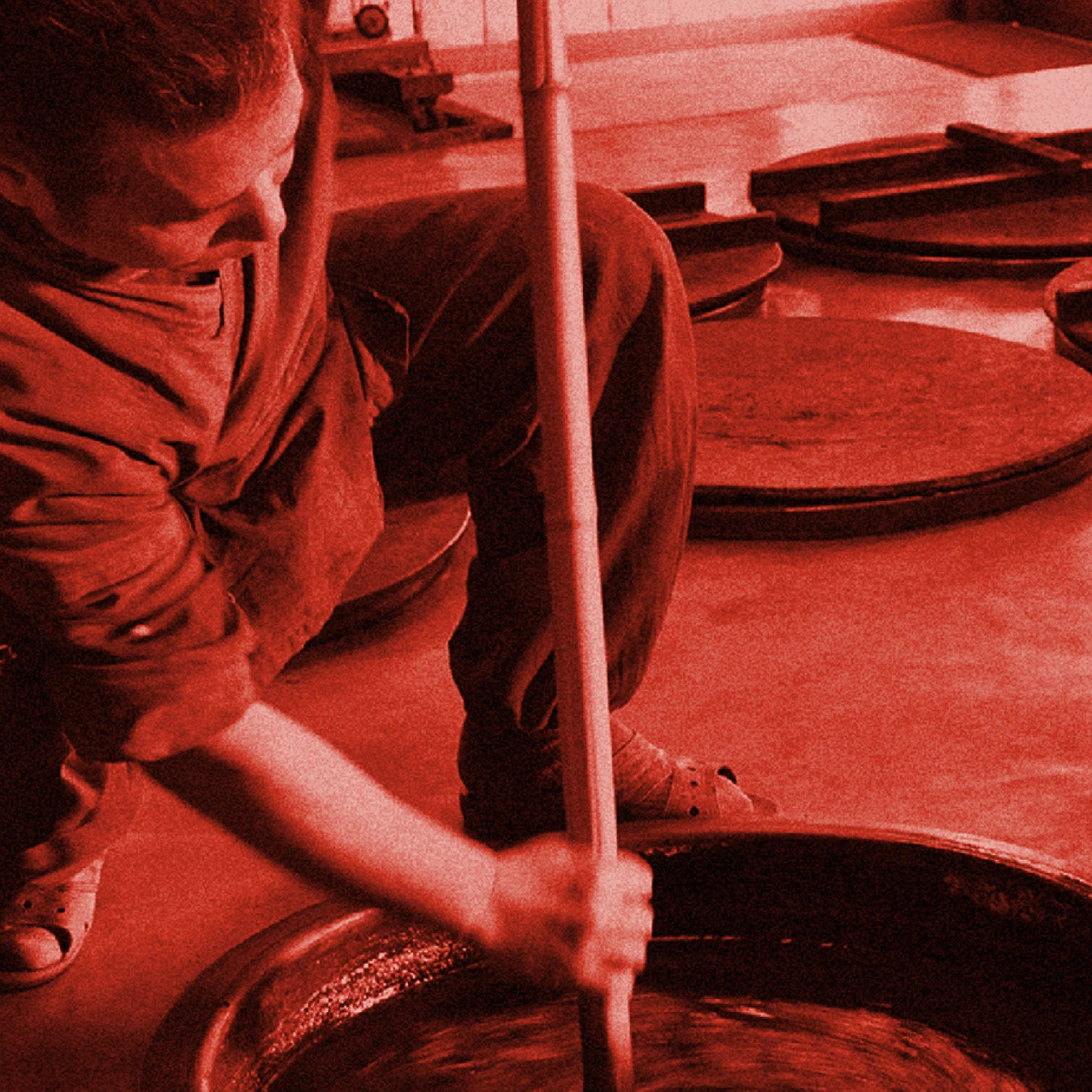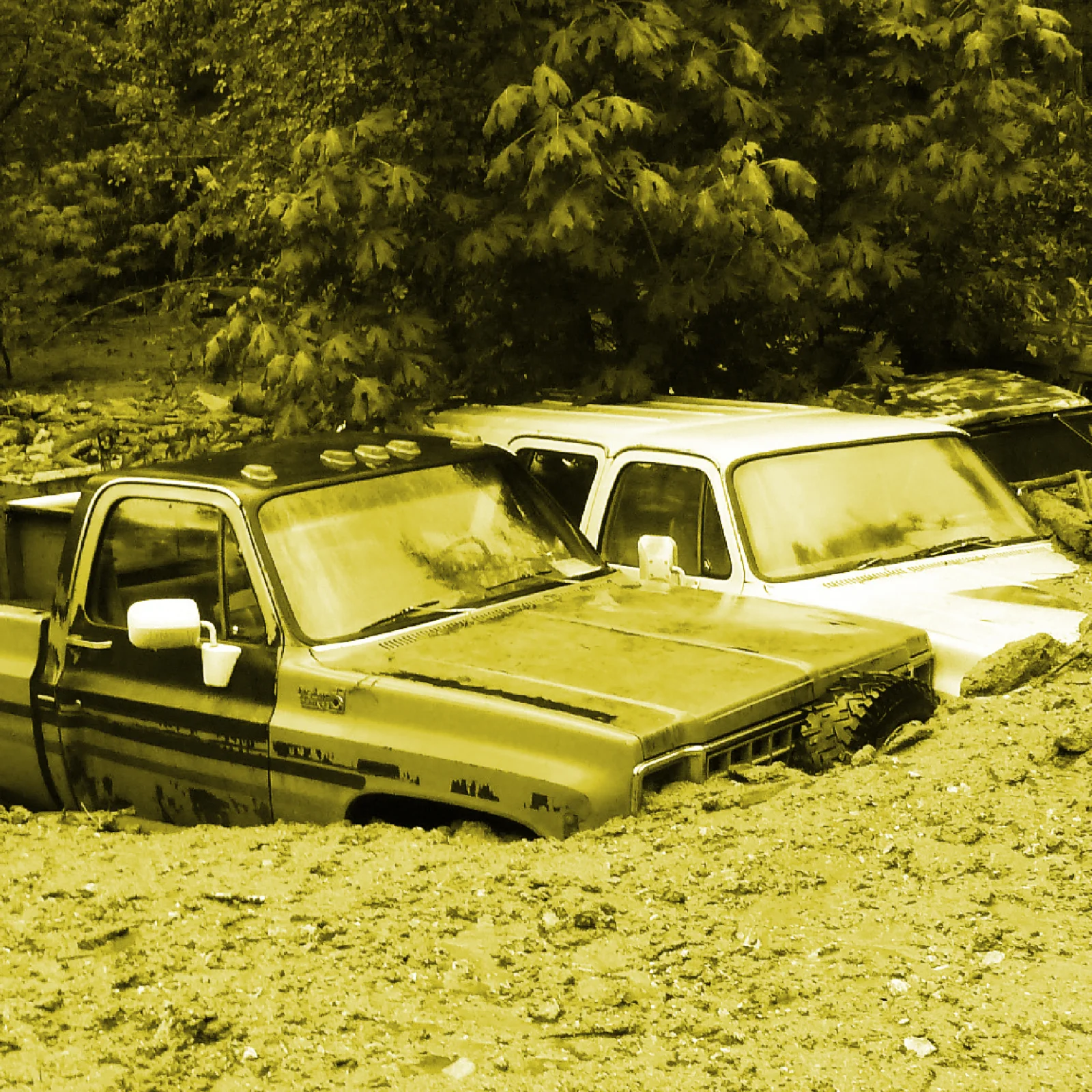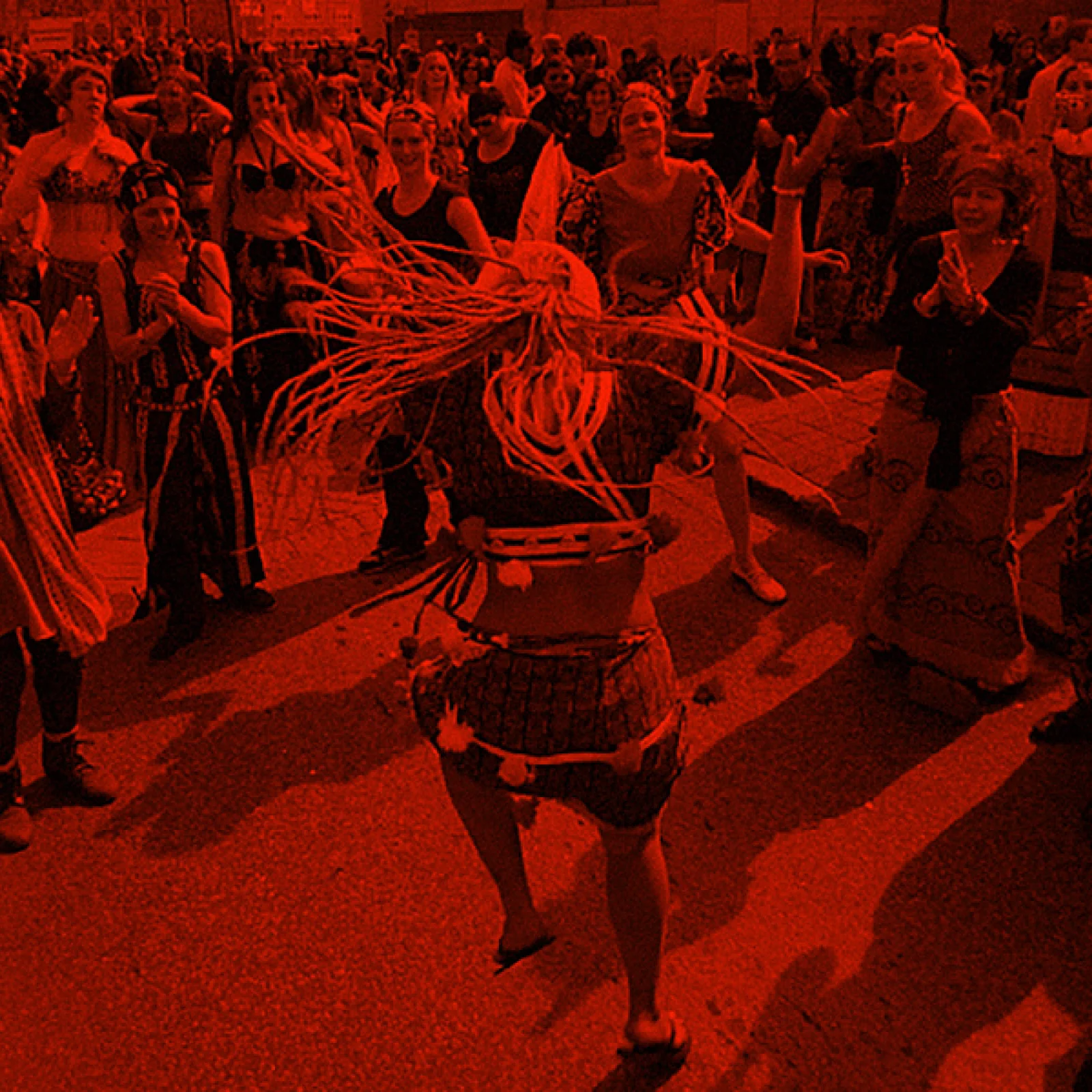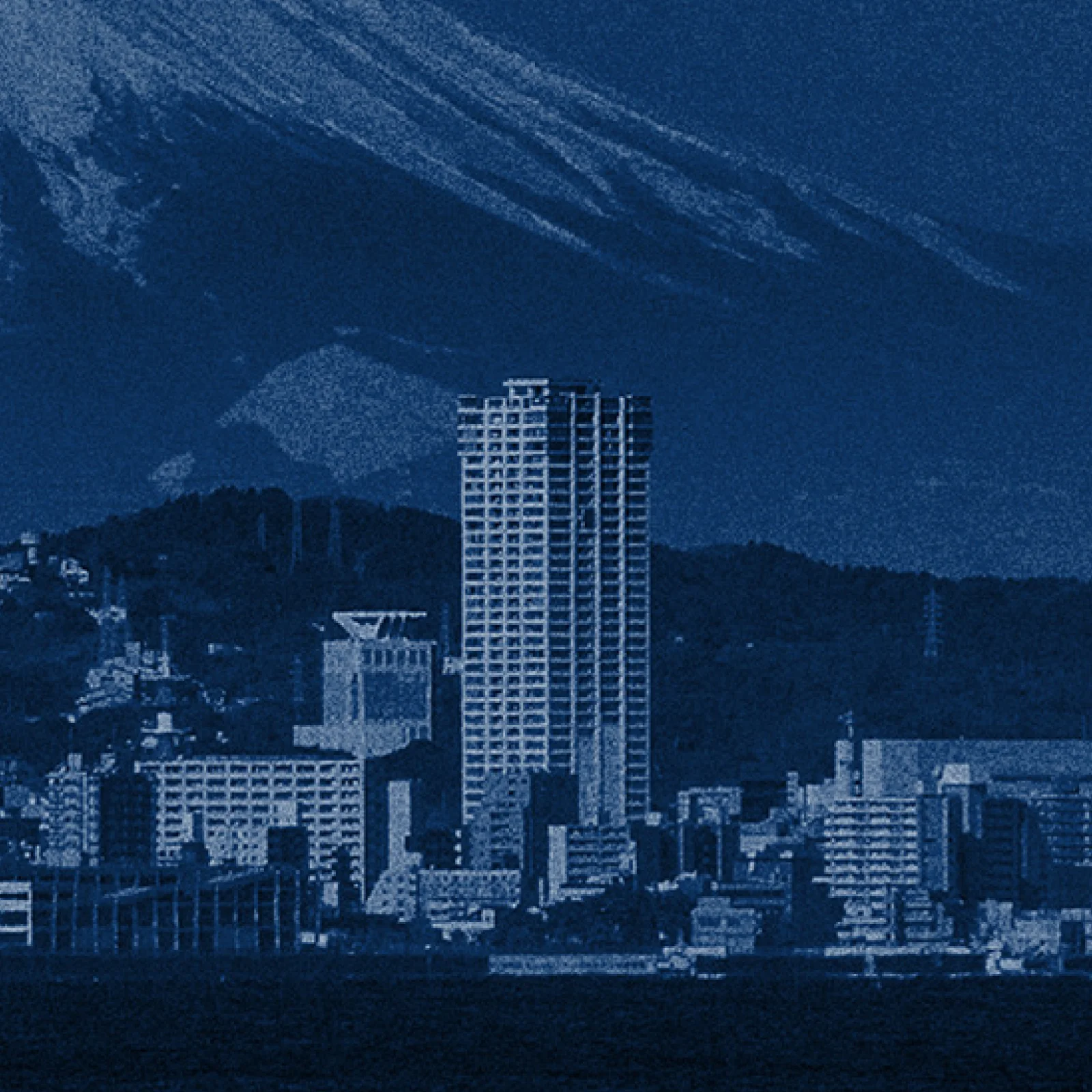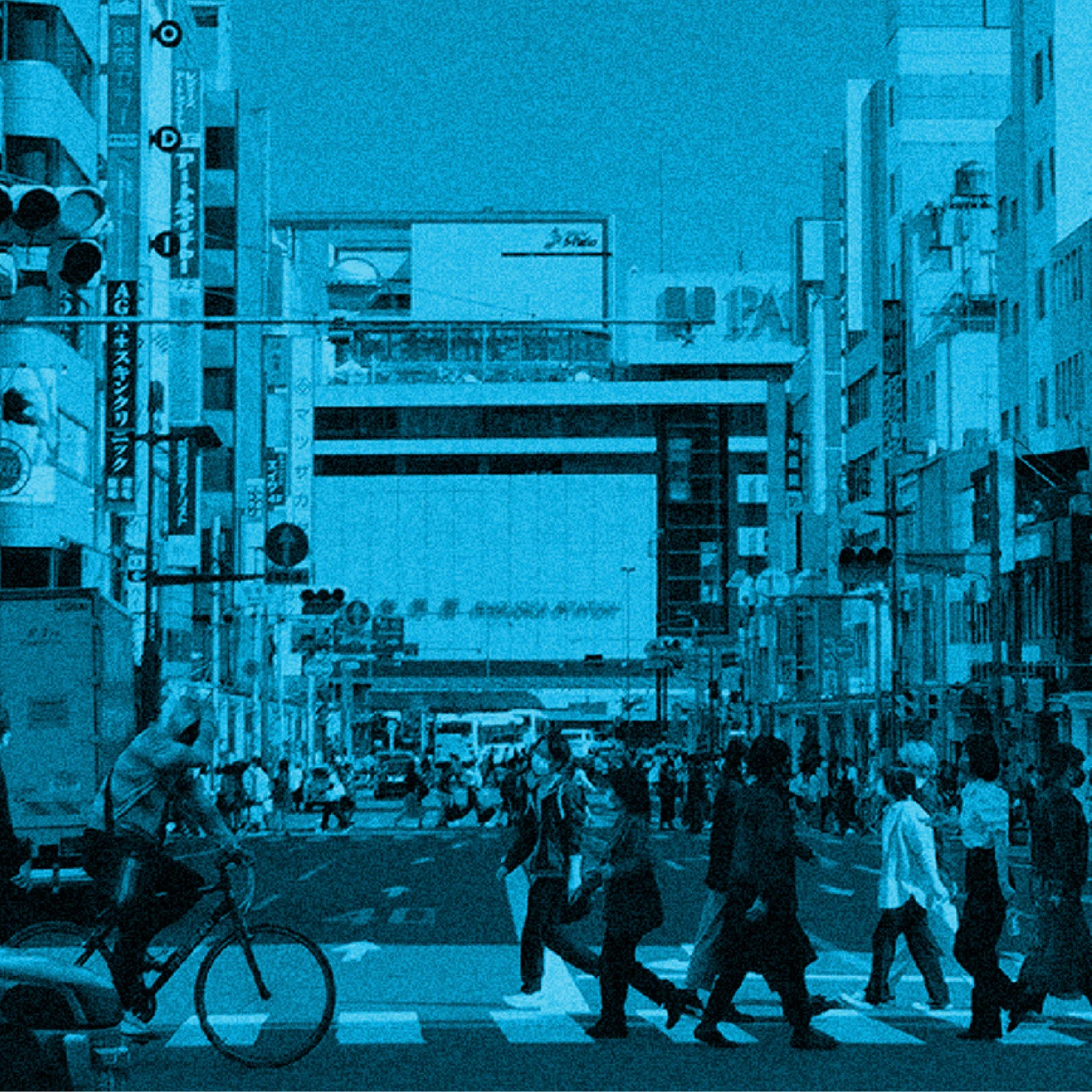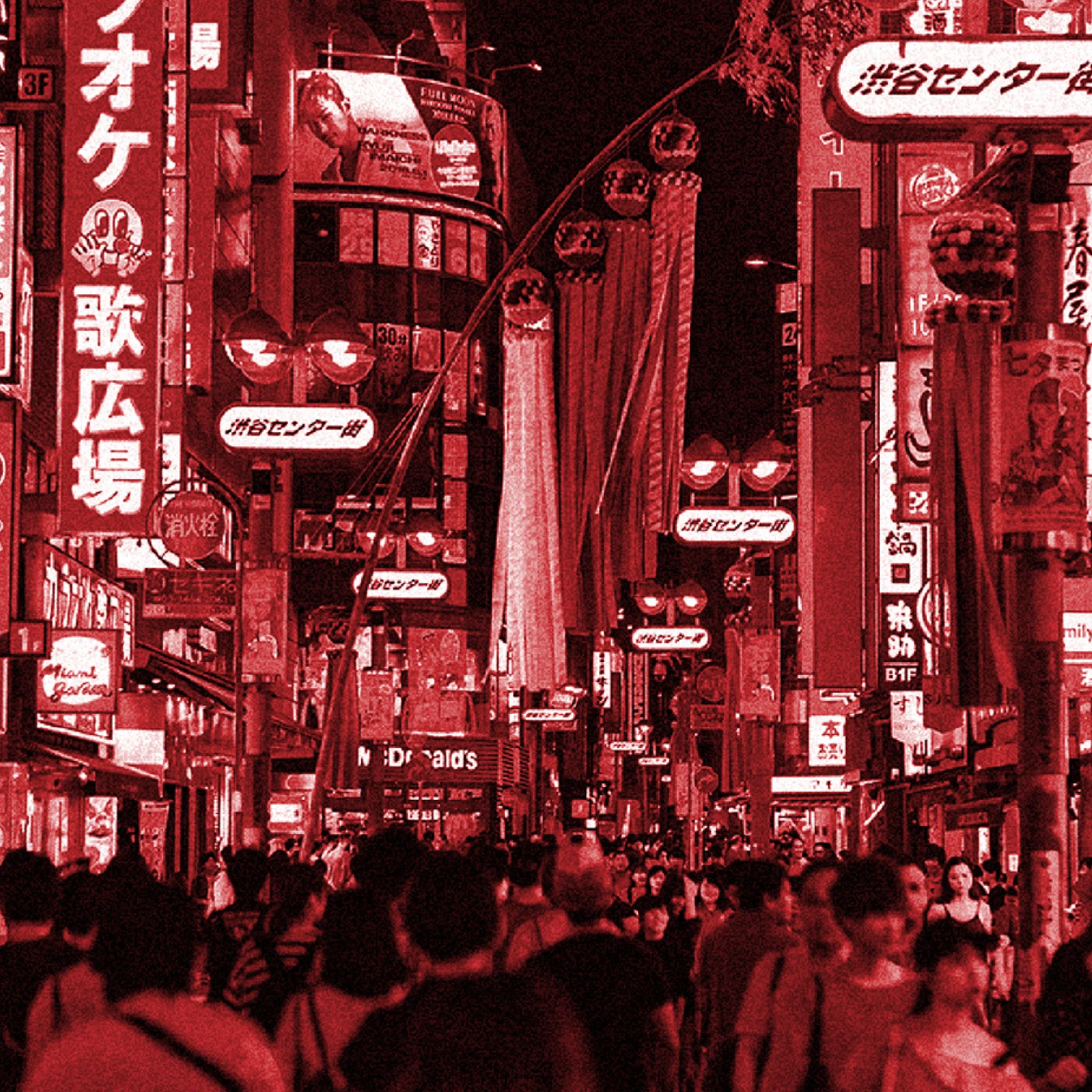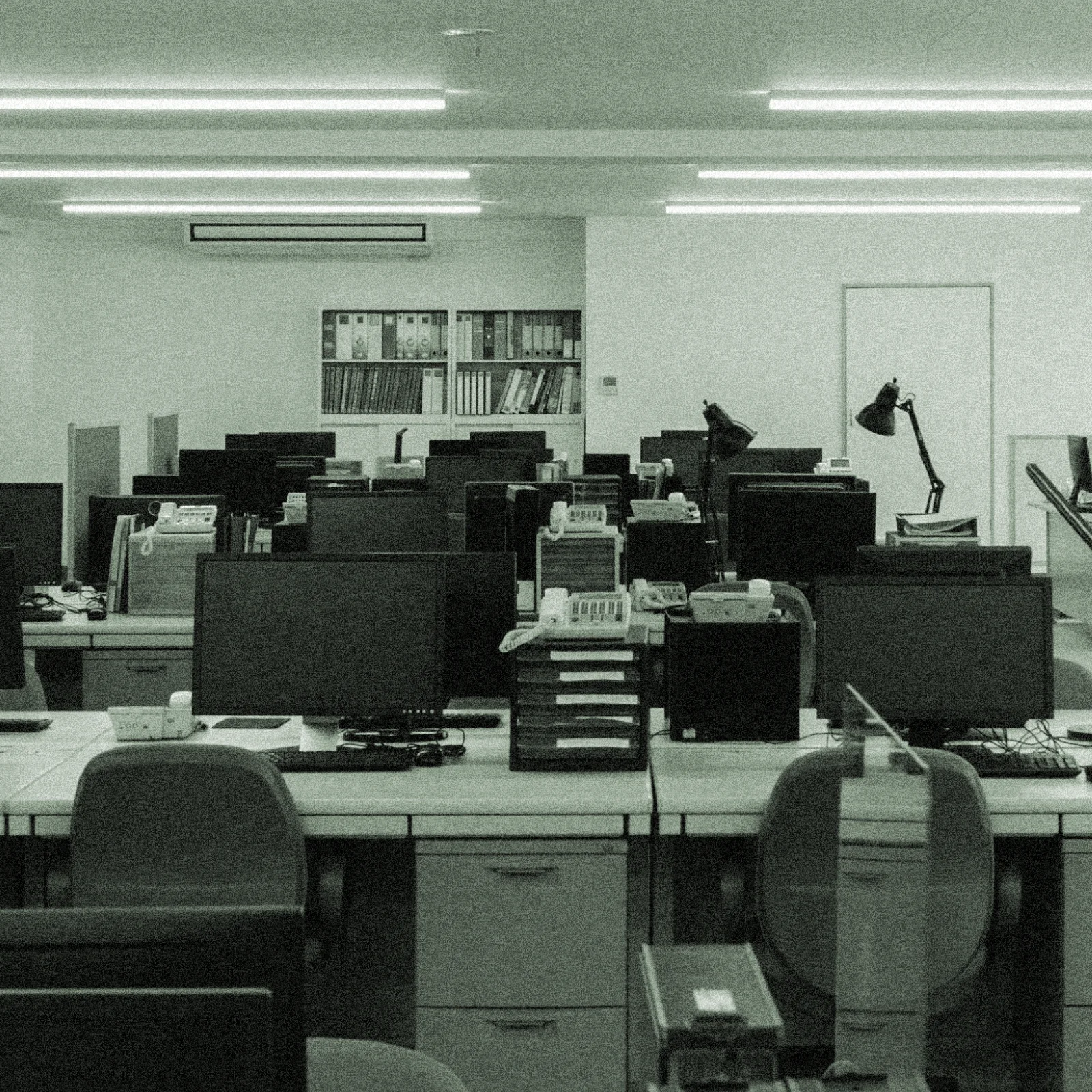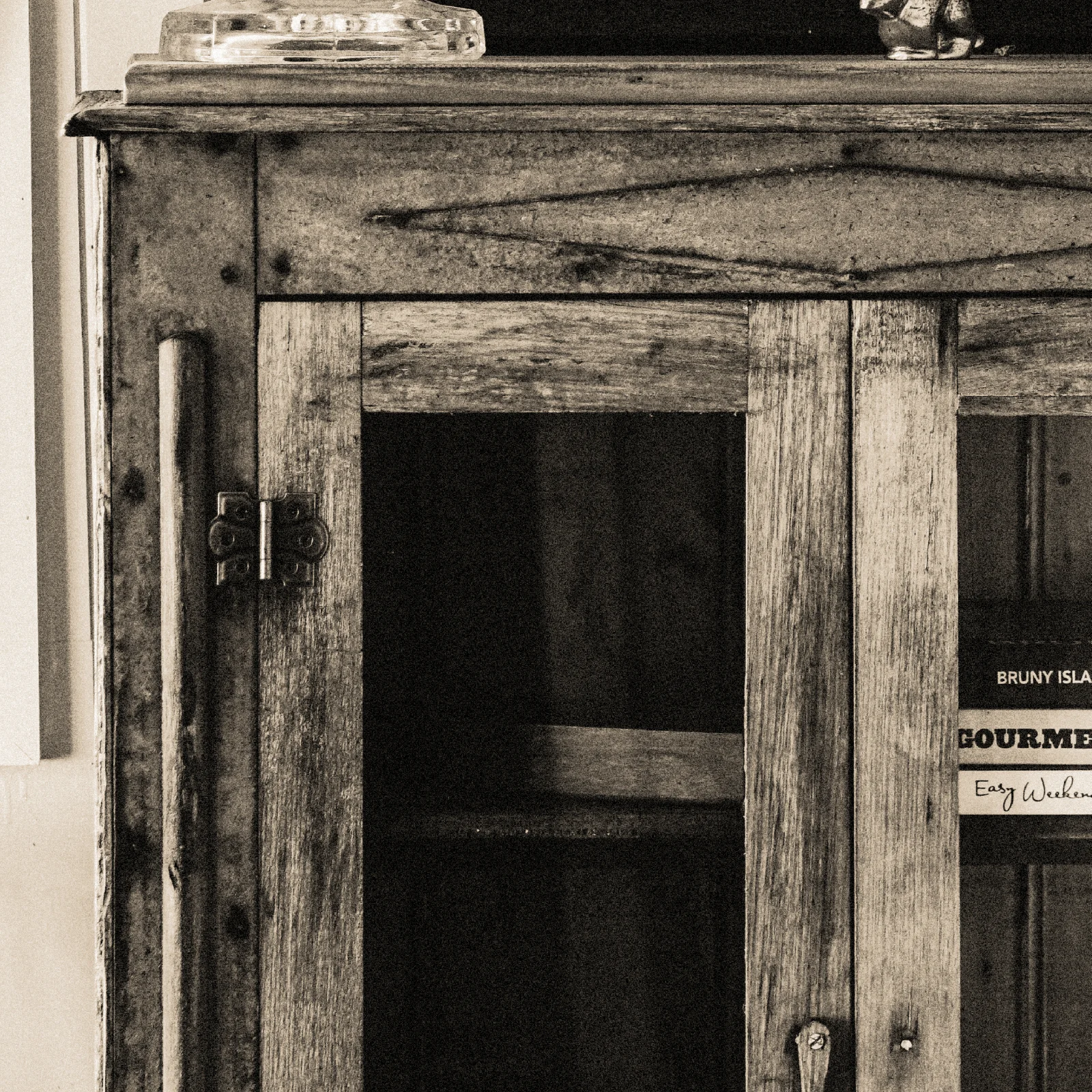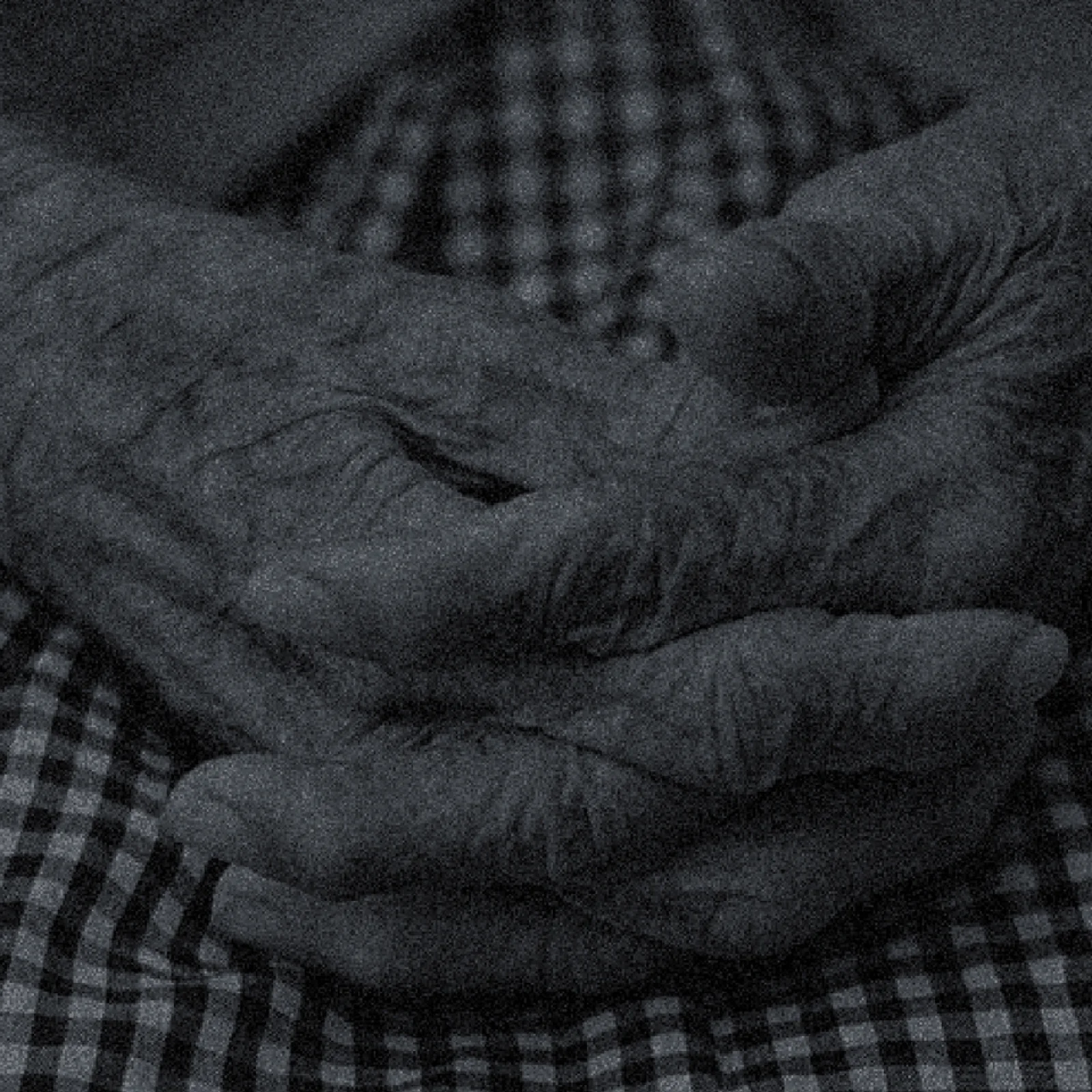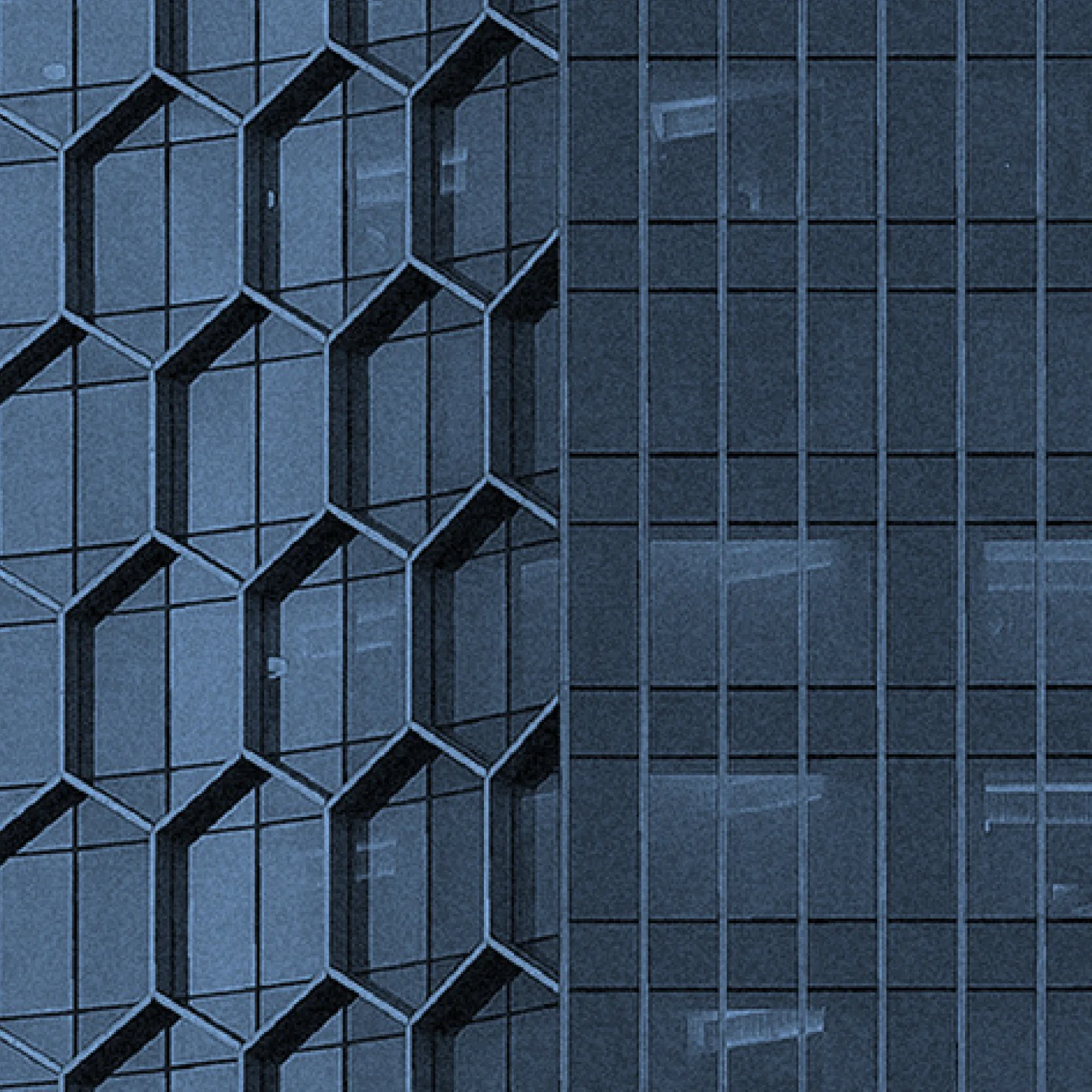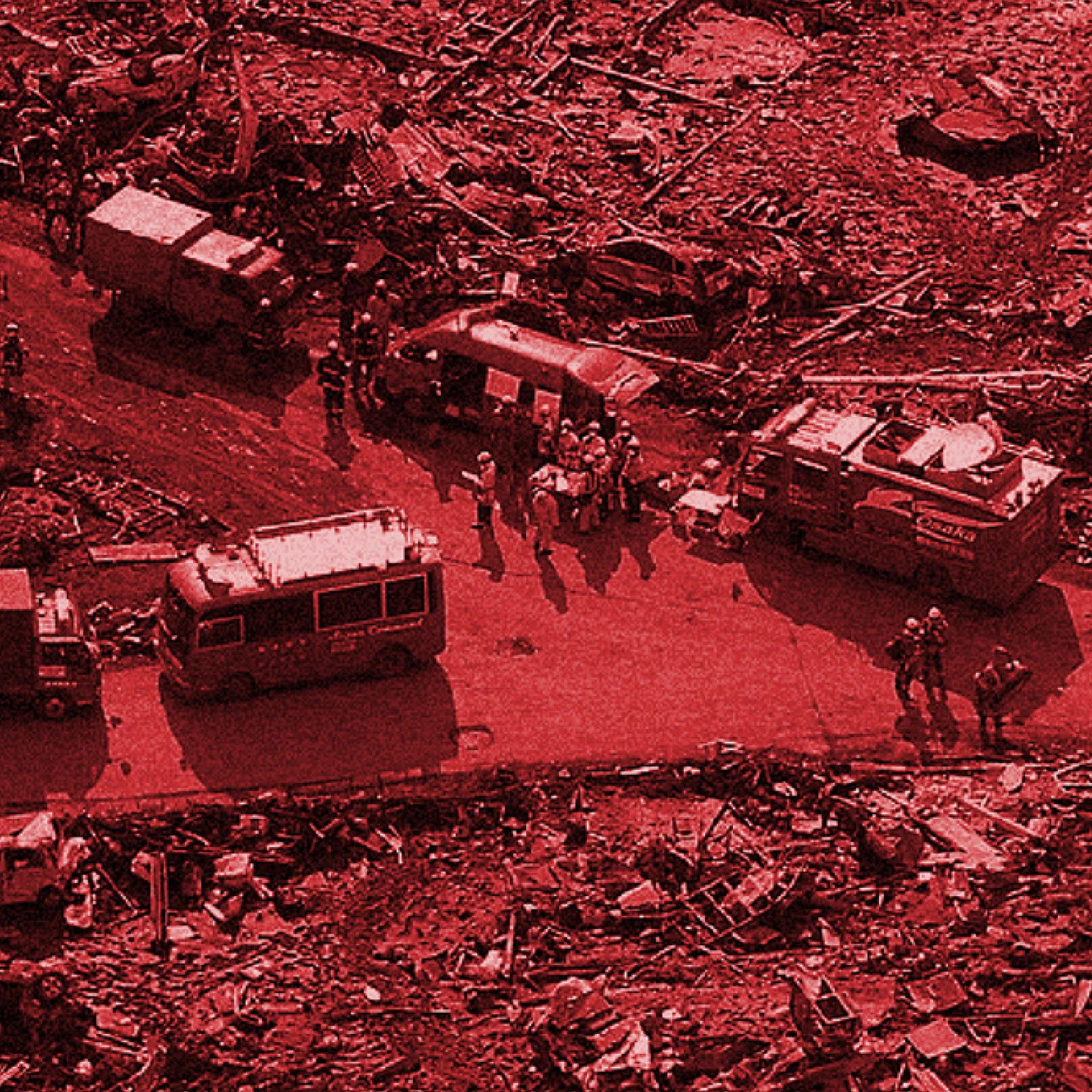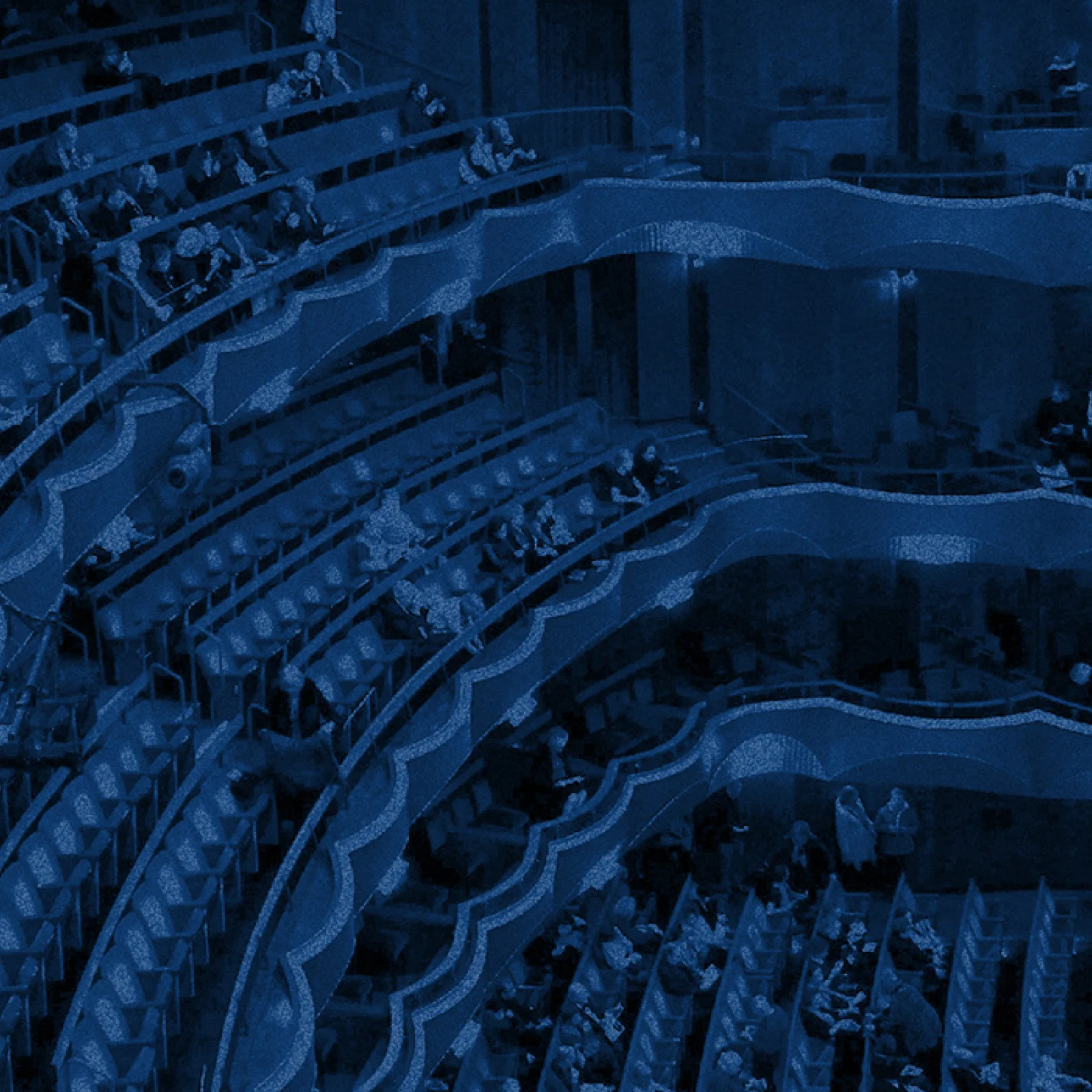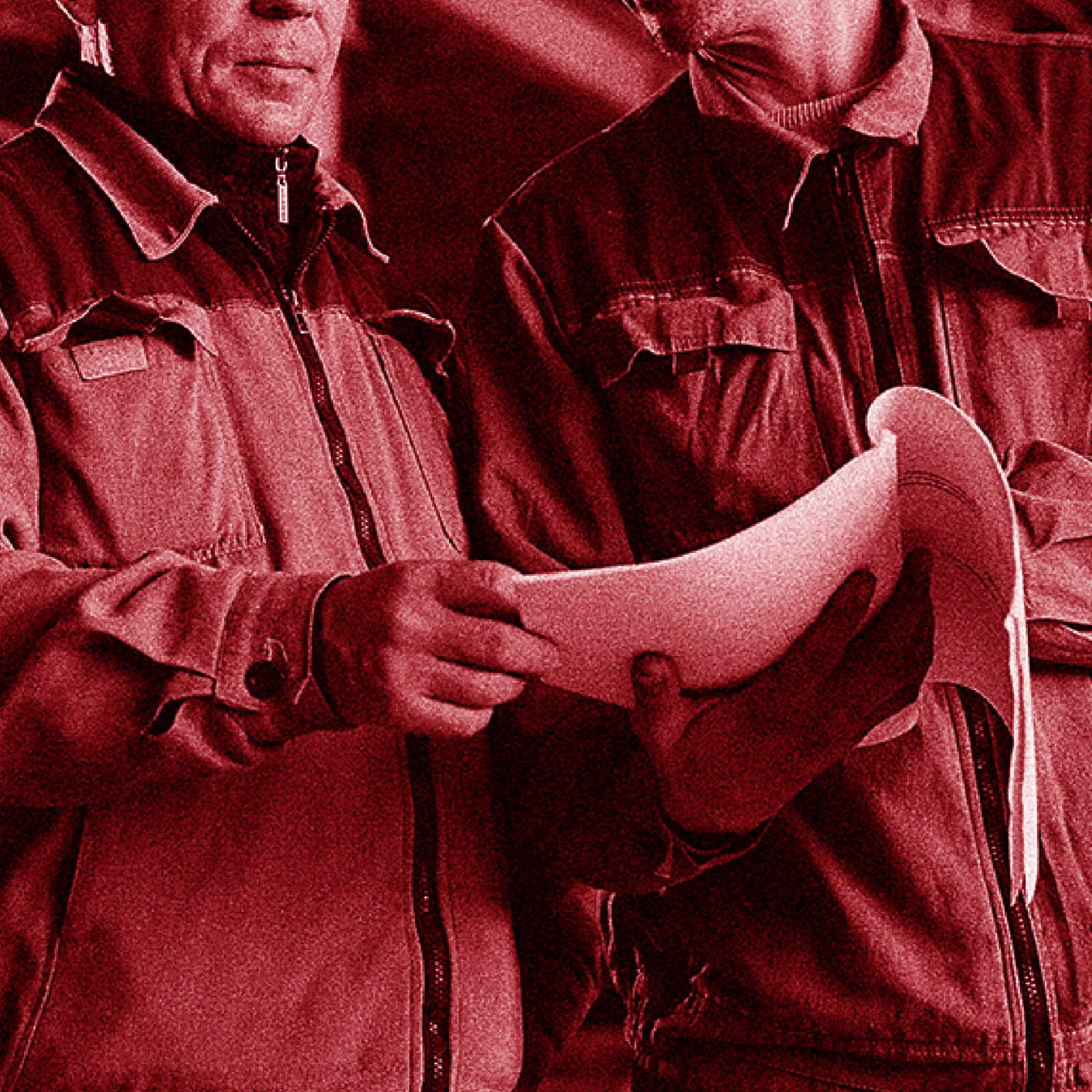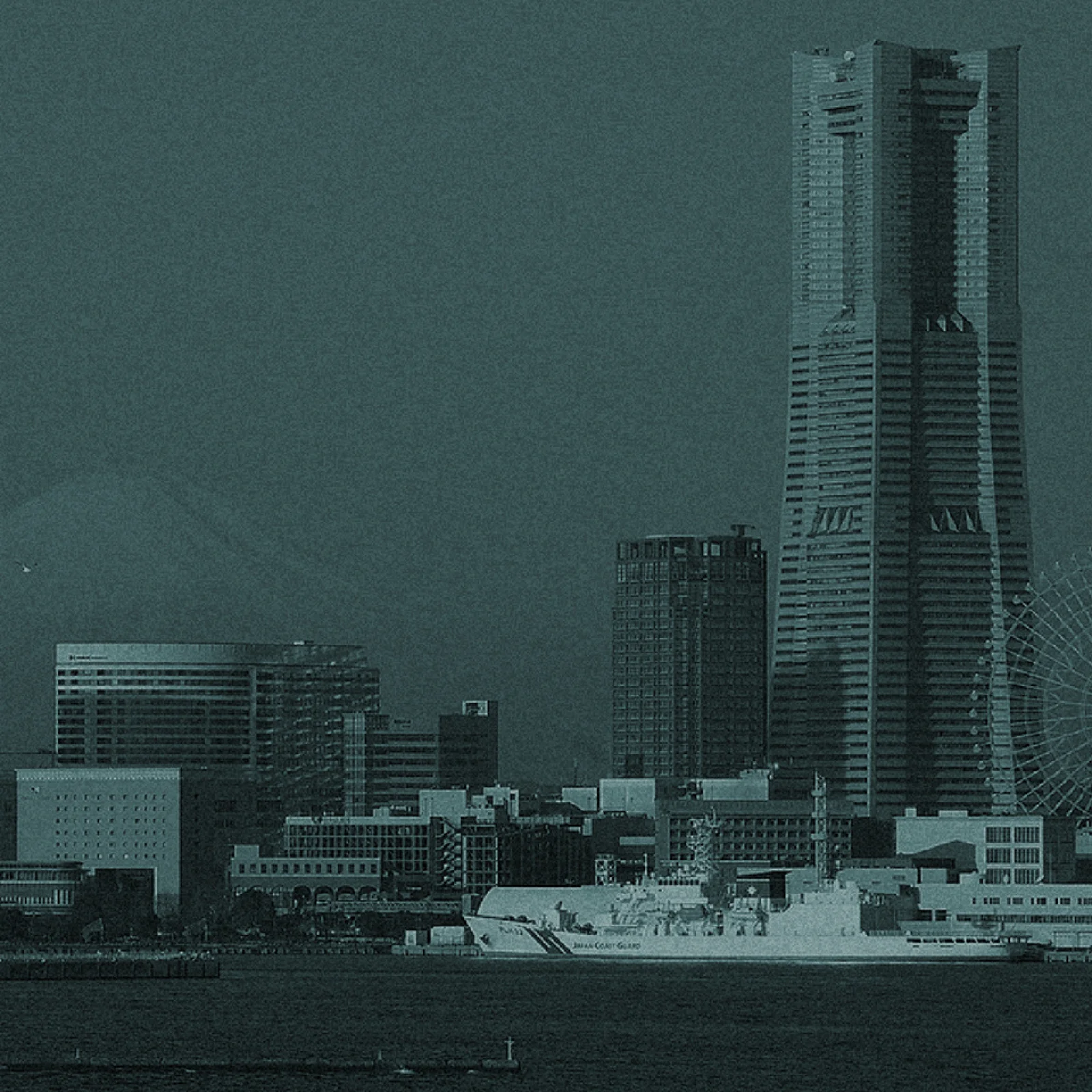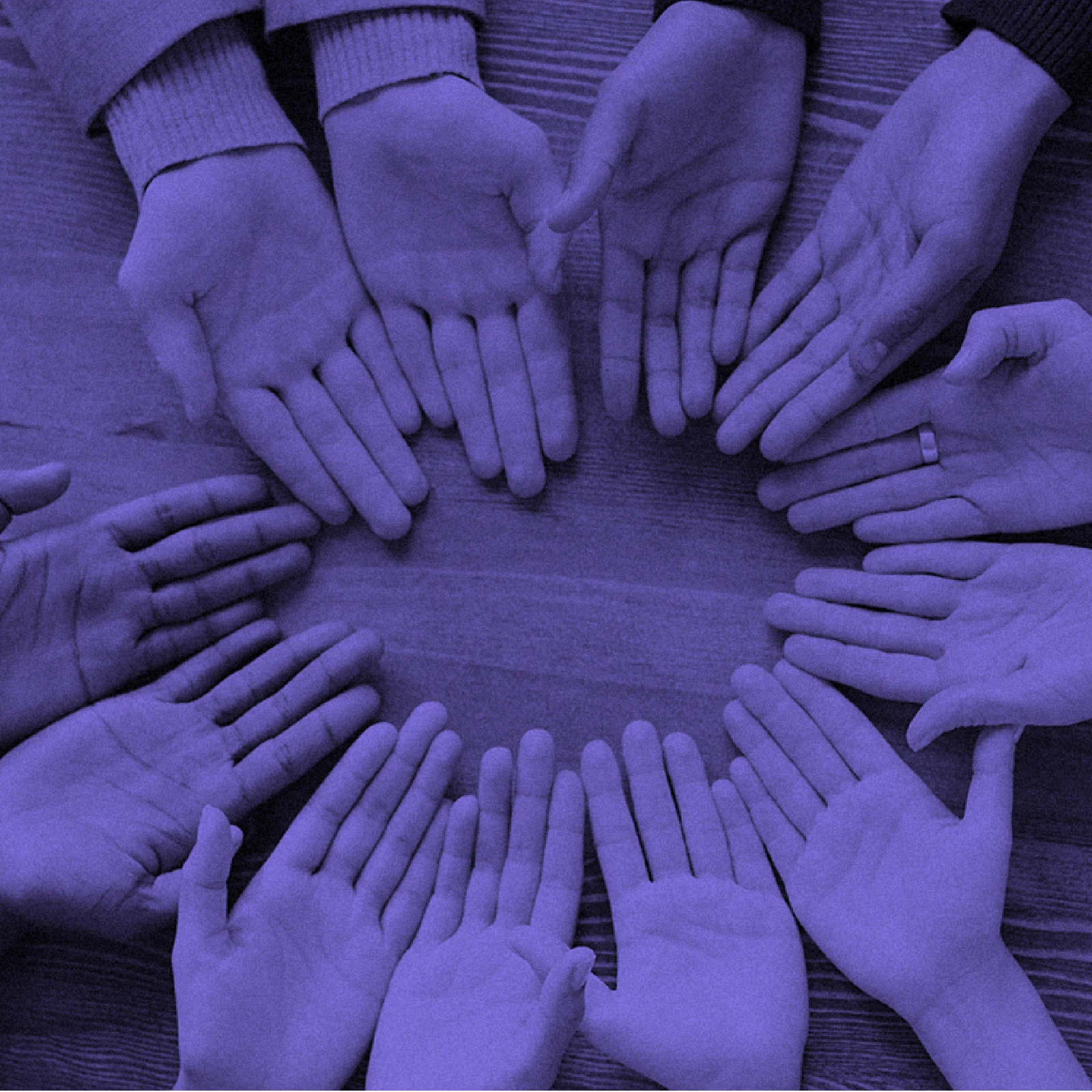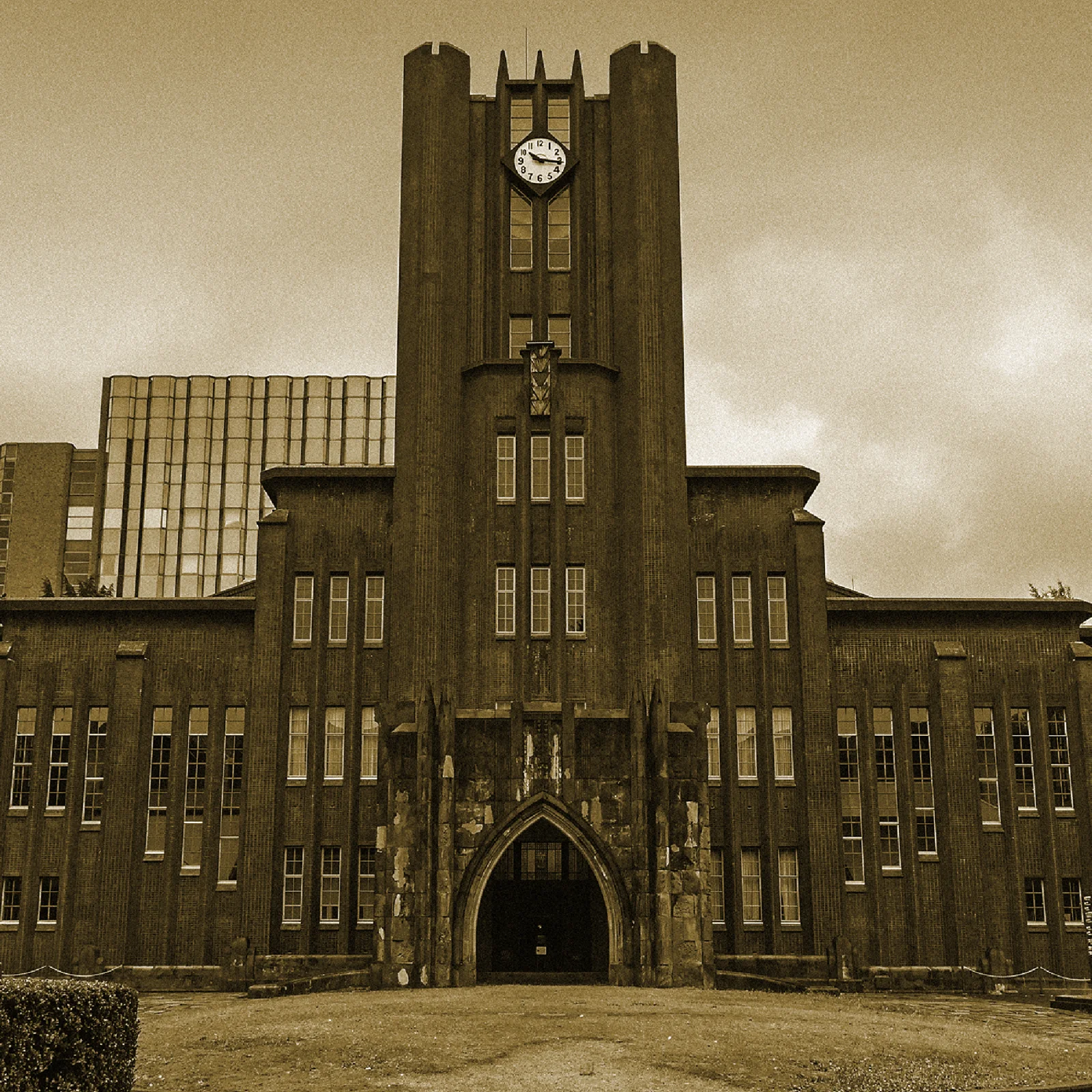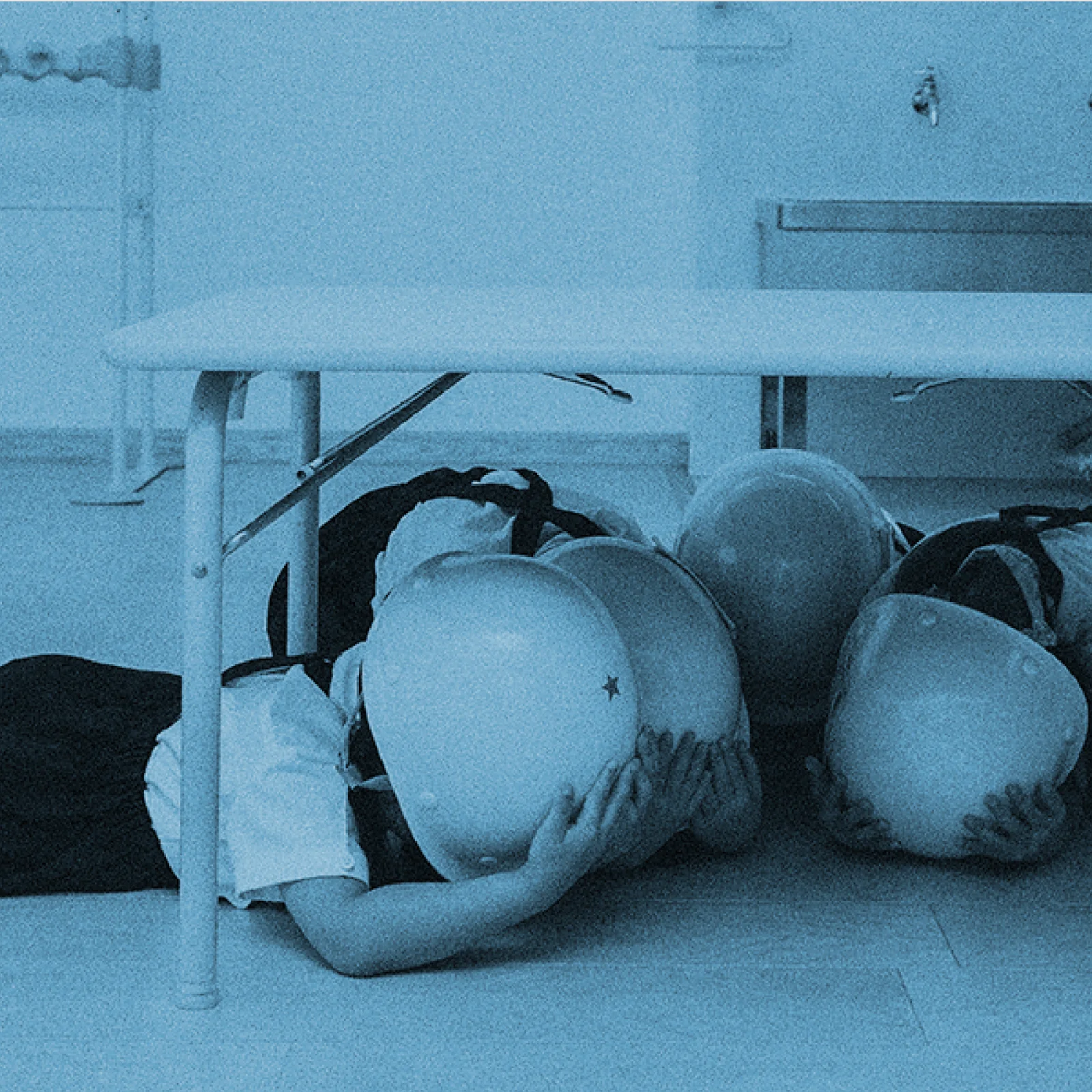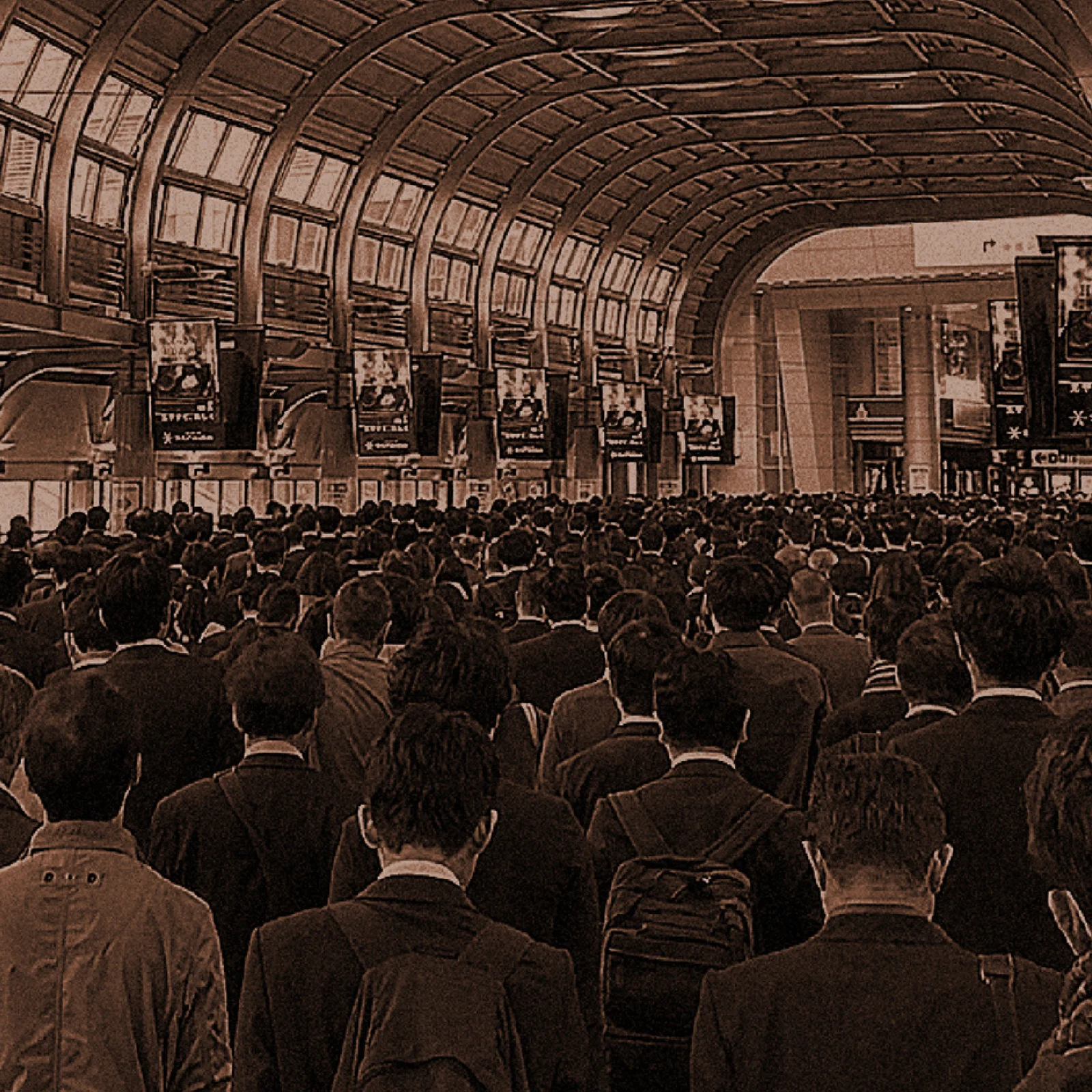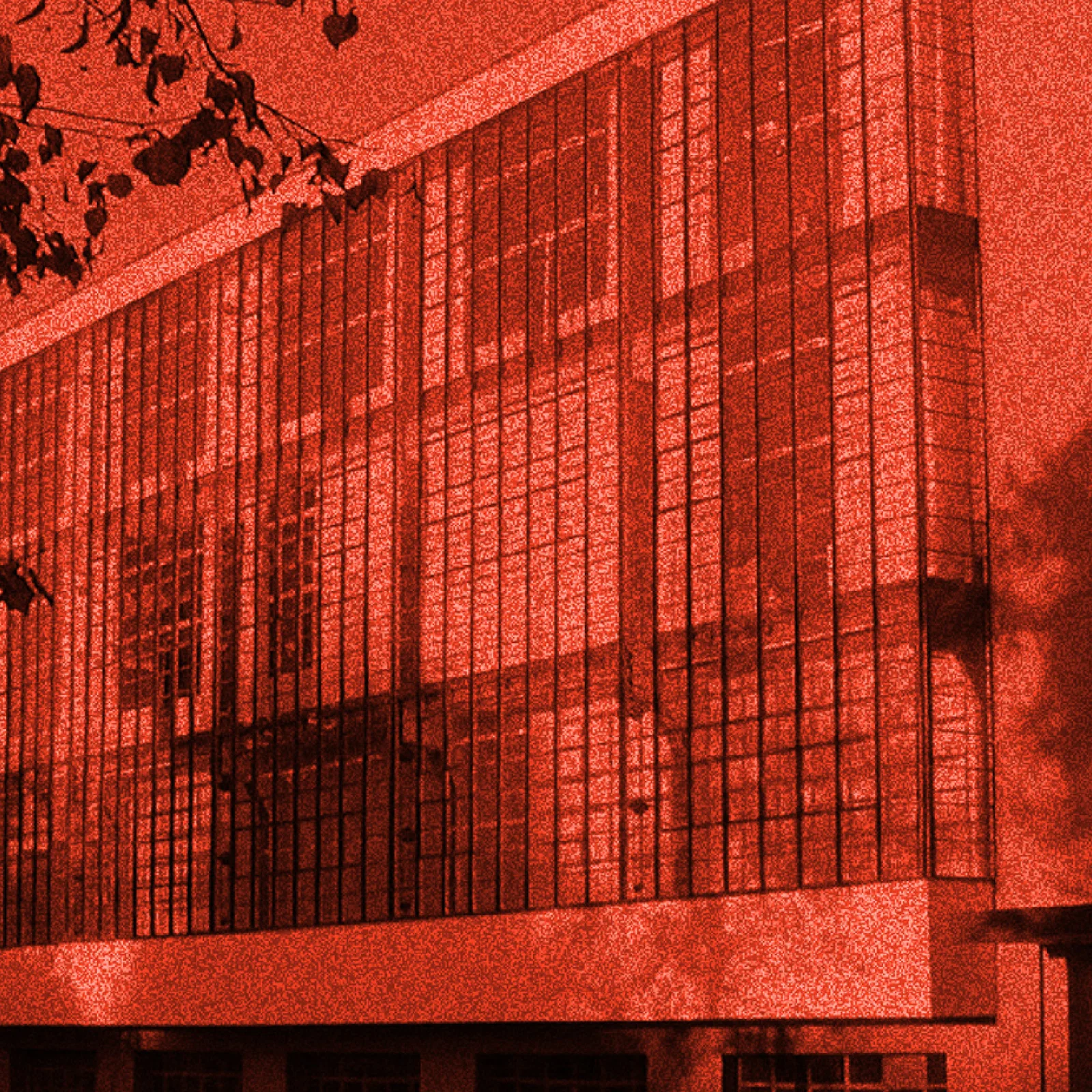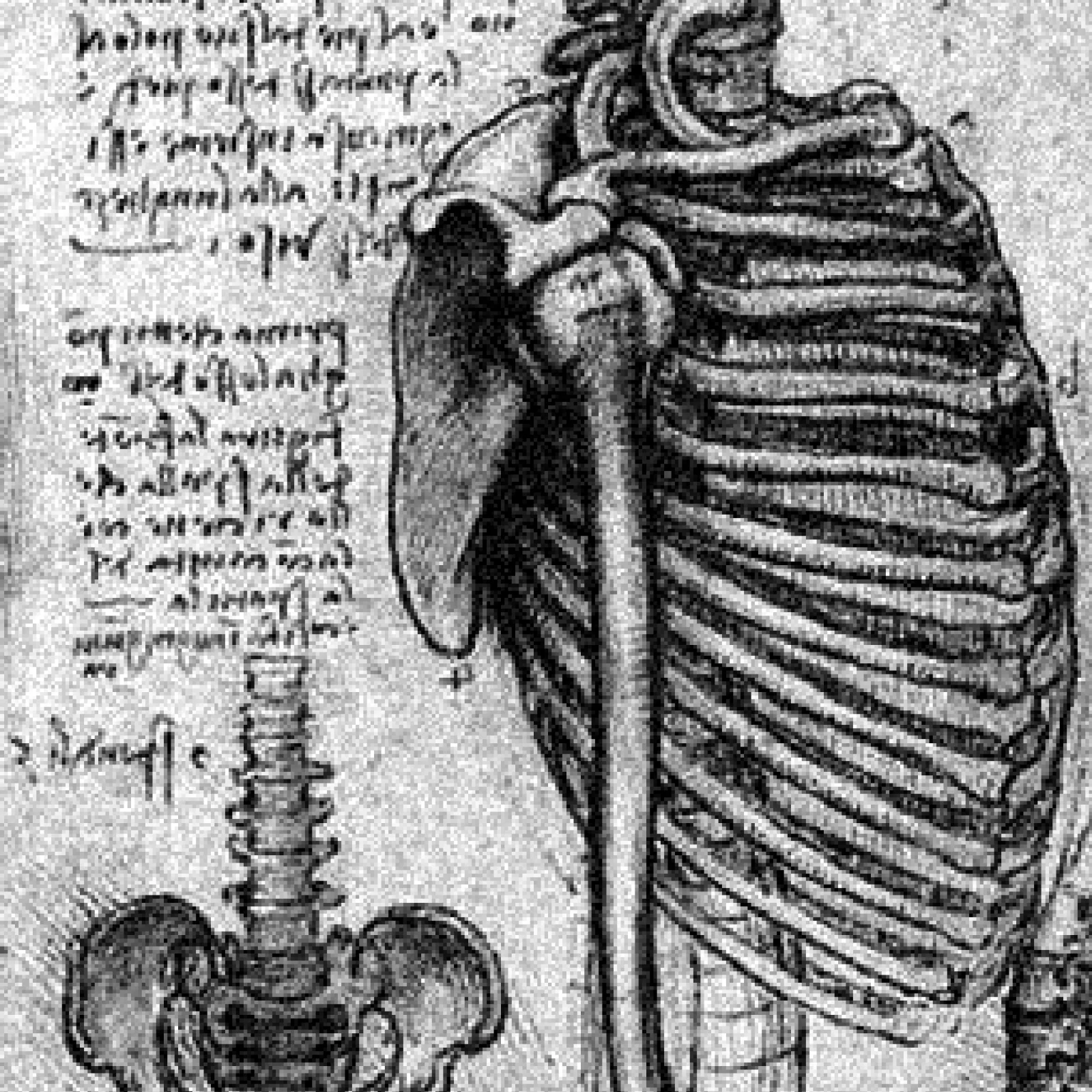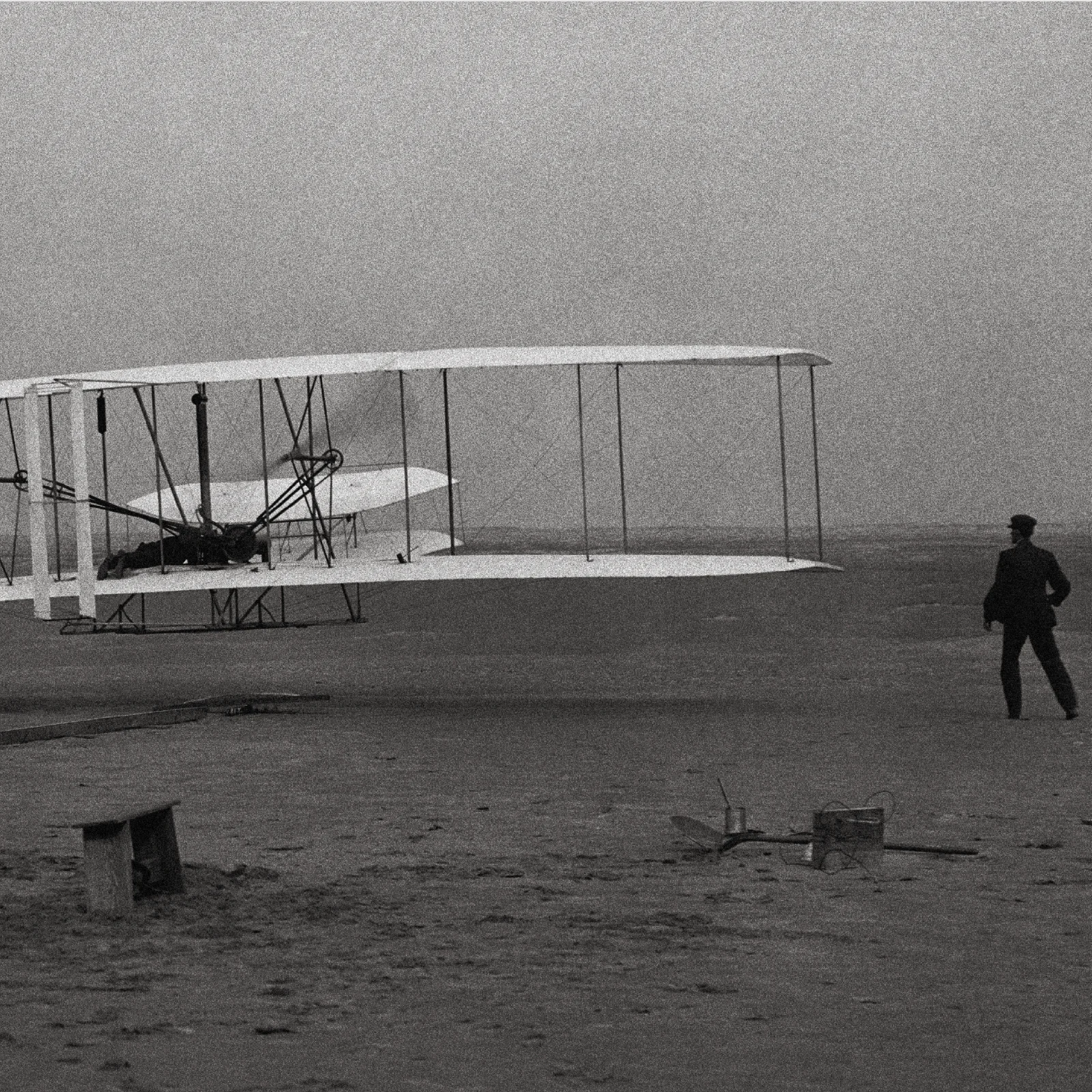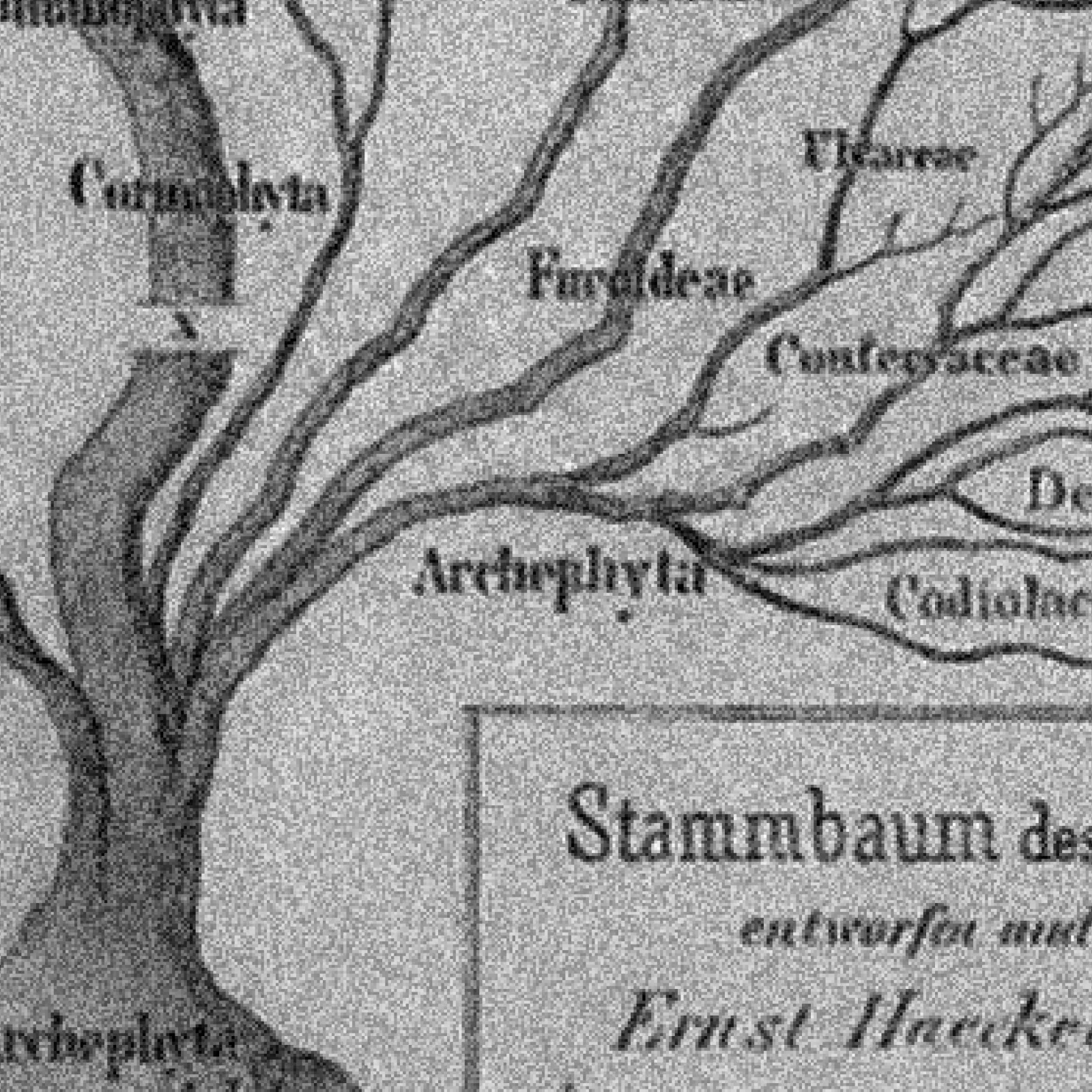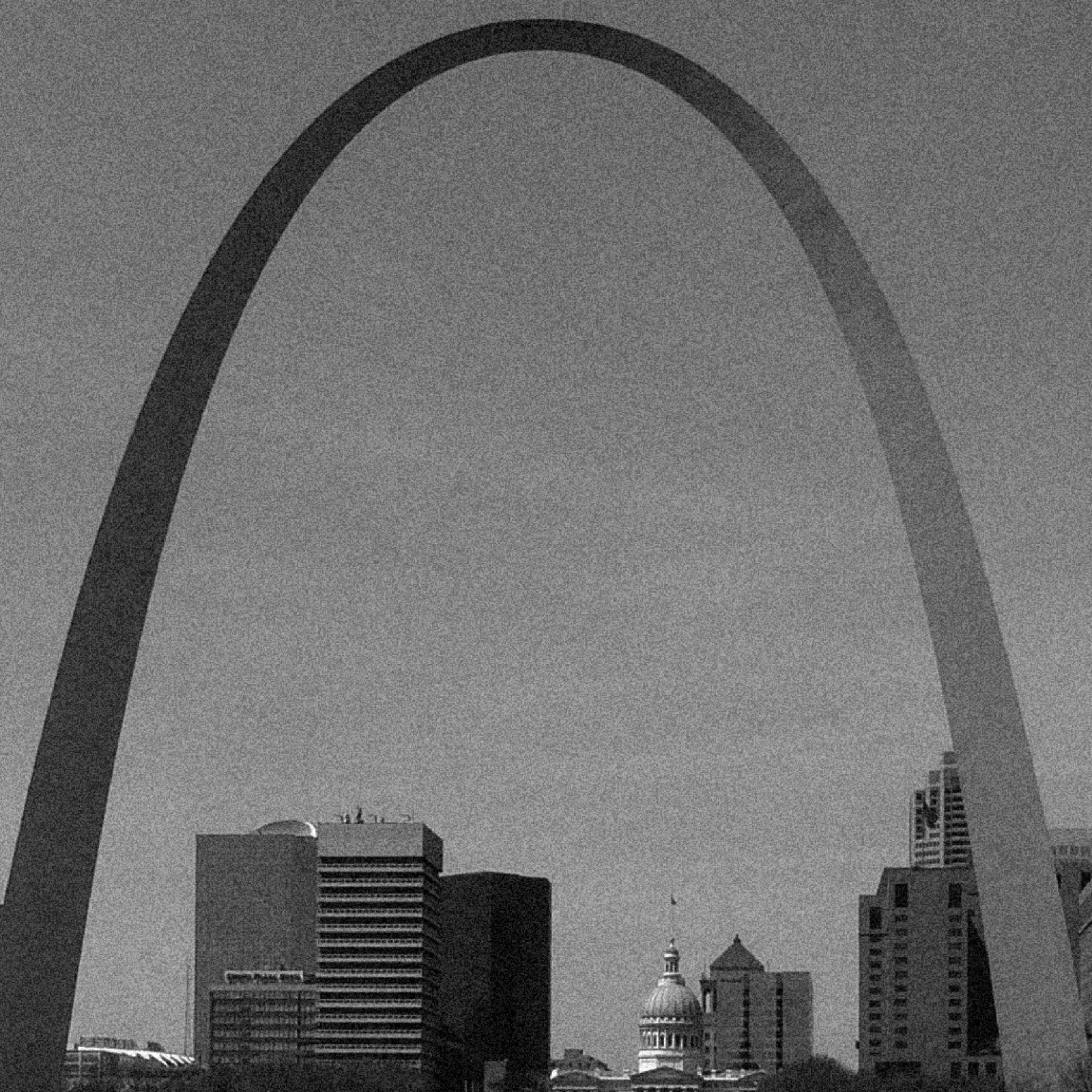WHY
HOW CAN DESIGN
PREPARE US FOR
DISASTERS AHEAD?
HOW CAN DESIGN
PREPARE US FOR
DISASTERS AHEAD?
In recent years, natural disasters such as earthquakes, typhoons, and hurricanes have been increasing worldwide. Due to climate change, the frequency and destructiveness are projected to intensify.
In the 21st century, adaptation to climate change and climate-related disasters has become a critical global issue. Natural disasters are becoming challenges as severe as, or even more severe than, war and terrorism(
Japan, in particular, has long faced earthquakes, typhoons, tsunamis, and other natural disasters, developing deep expertise in disaster preparation. Wisdom for survival can be found in the folklore and traditions of cultures everywhere. Did you know shrines in Japan were historically built on elevated ground, away from tsunami-prone areas? This is a reflection of practical knowledge passed down through generations. By analyzing the insights and traditional techniques of our ancestors, alongside millennia of natural disaster records, we can develop vital strategies for future disaster preparedness.
Natural disasters not only threaten life, but also trigger cascading challenges such as post-disaster recovery, healthcare, and community support. To address these interconnected issues, NOSIGNER designs clear, accessible, and proactive communication tools that raise public awareness of disaster preparedness in daily life.
Trends in the number of reported events
TIPS FROM NOSIGNER
KEY POINTS
IN RESILIENCE DESIGN
KEY POINTS
IN RESILIENCE DESIGN
POINT 01
UNDERSTANDING THE PHASES OF DISASTER
When designing for natural disasters, it is essential to understand the phases of disaster. As a disaster unfolds, the required interventions and challenges change. From preparedness education and stockpiling to emergency relief and job creation, it is critical to anticipate design solutions that will be effective at each phase and to ensure delivery at the right time.

PHASE 01
Before a Disaster (Normal Phase)
The most critical phase for protecting lives is the pre-disaster period, when disaster preparedness measures must be established. For citizens to gain a realistic understanding of disaster risks and adopt disaster-resilient ways of living, it is essential to design communication strategies that appropriately raise awareness in our daily lives. Effective approaches include creating content and services that make disaster preparedness accessible and engaging, helping people develop the necessary skills to survive disasters.

PHASE 02
72 Hours After a Disaster (Emergency Phase)
In the event of a natural disaster, the first 72 hours are critical for survival. Essential services are disrupted, and supplies are scarce. It is essential to design communication strategies that share survival knowledge widely and rapidly and to encourage active participation in volunteer efforts to support affected communities. These actions play a key role in saving lives in disaster-affected areas.

PHASE 03
Recovery Period (Post Disaster 〜 Several Years Later)
Those who survive a disaster lose critical foundations of their lives, including their homes, livelihoods, and community networks. Challenges in this phase include providing care for survivors, supporting community rebuilding, and generating employment and business within local industries. During this period, design must focus on restoring hope and vitality to affected communities, while also incorporating a perspective of building more resilient communities in preparation for future disasters.

RESULTS
RESULTS THROUGH
RESILIENCE DESIGN
RESULTS THROUGH
RESILIENCE DESIGN

Appointed as a member of the Noto Peninsula Earthquake Recovery and Reconstruction Advisory Board, contributing to the development of a creative reconstruction plan for the Noto region.
Creative Reconstruction for the Noto Peninsula
DESIGN CASES
“
ADAPTMENT – Eisuke Tachikawa




























